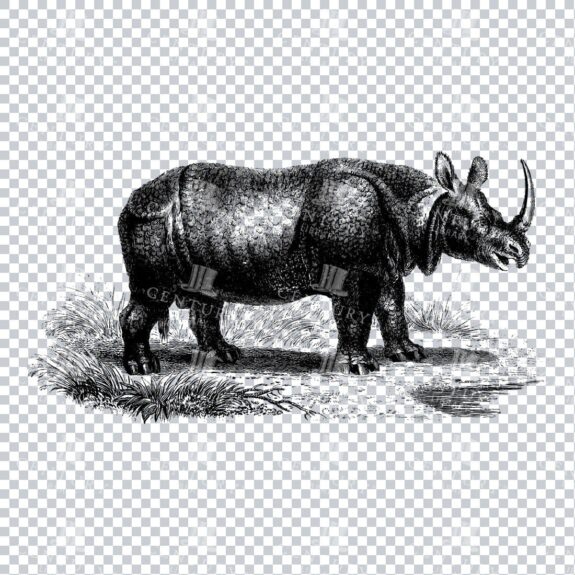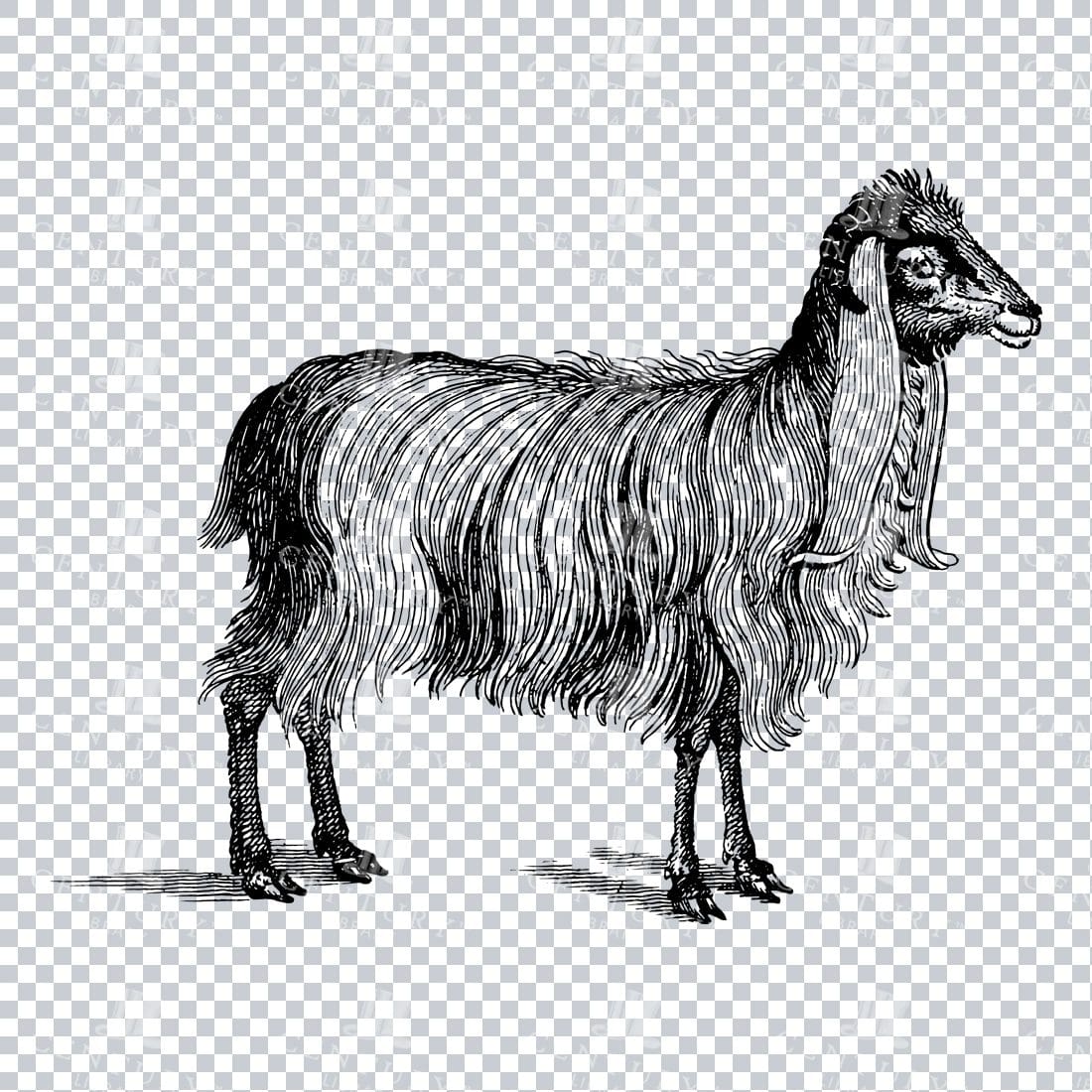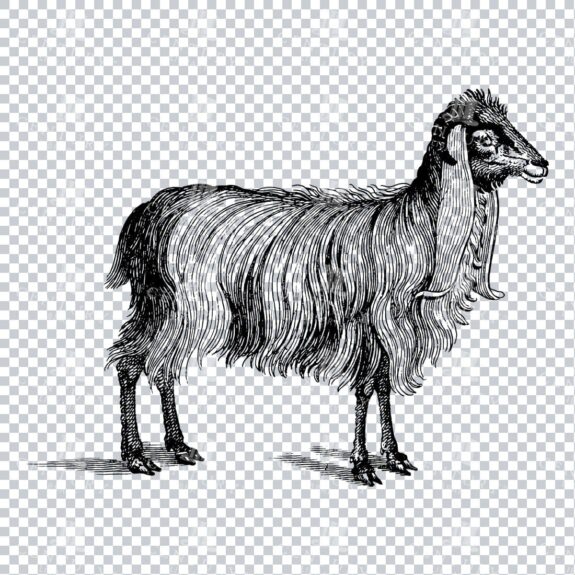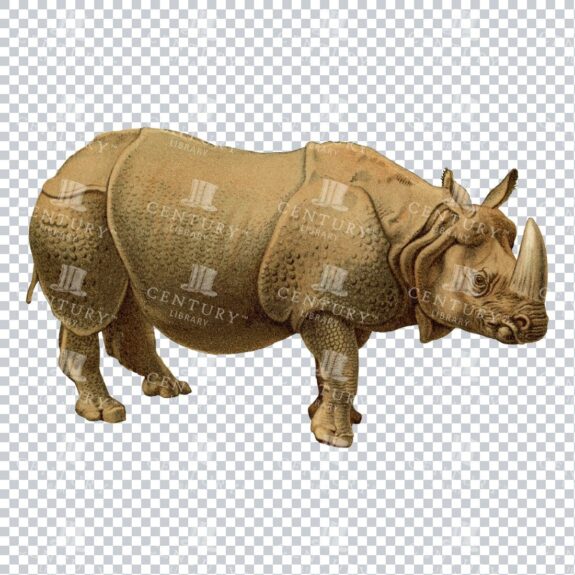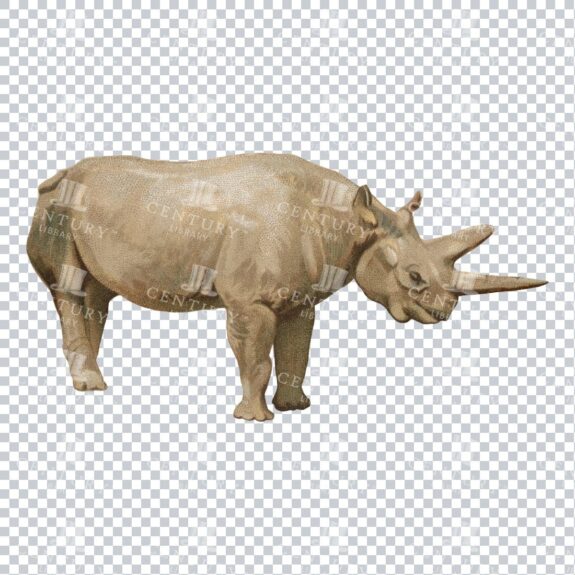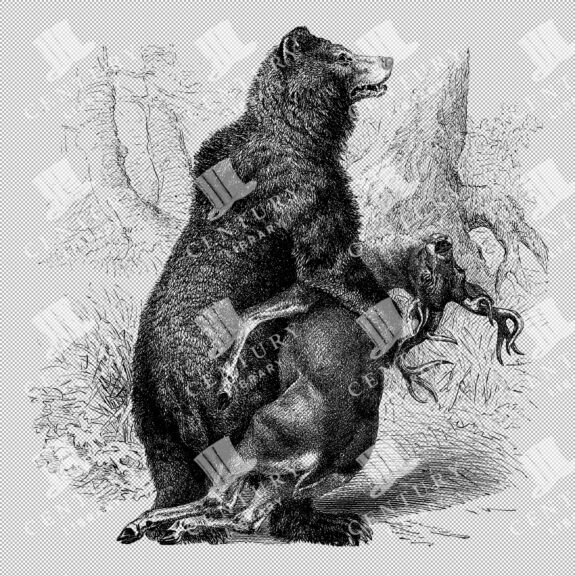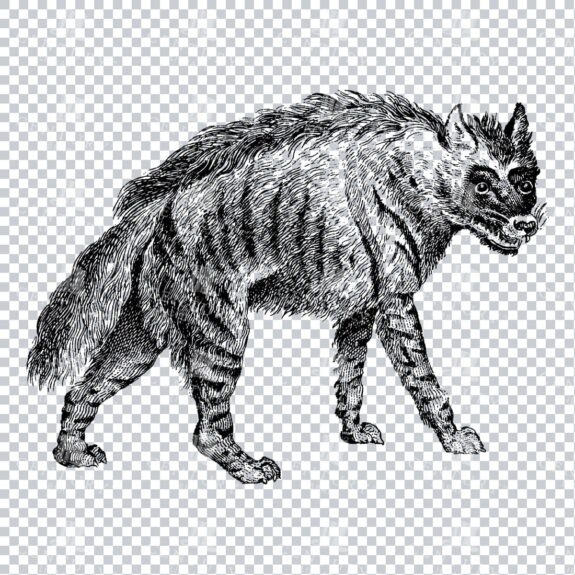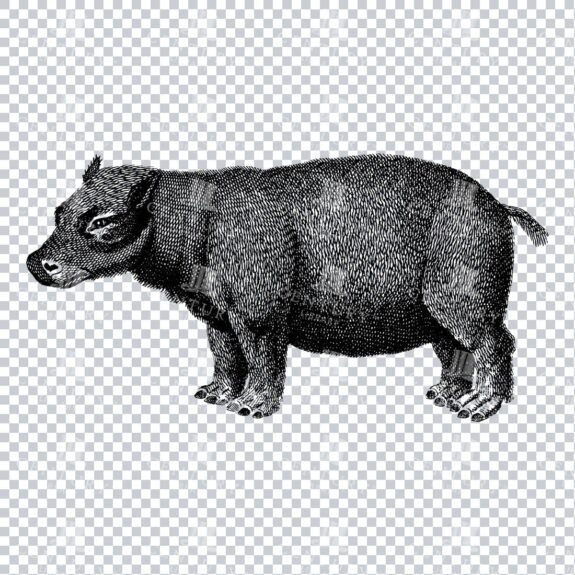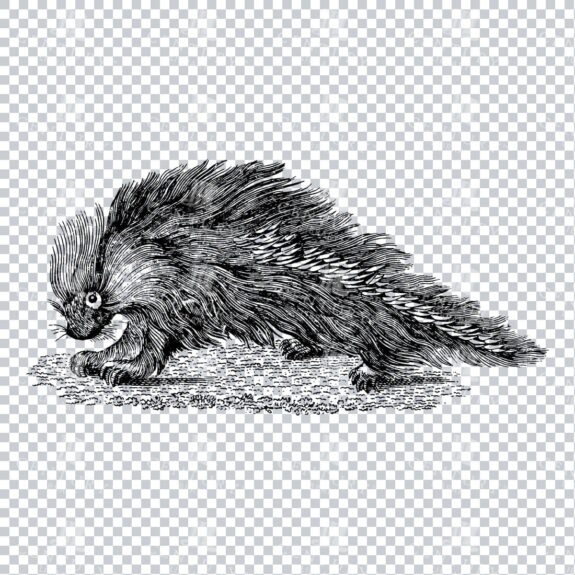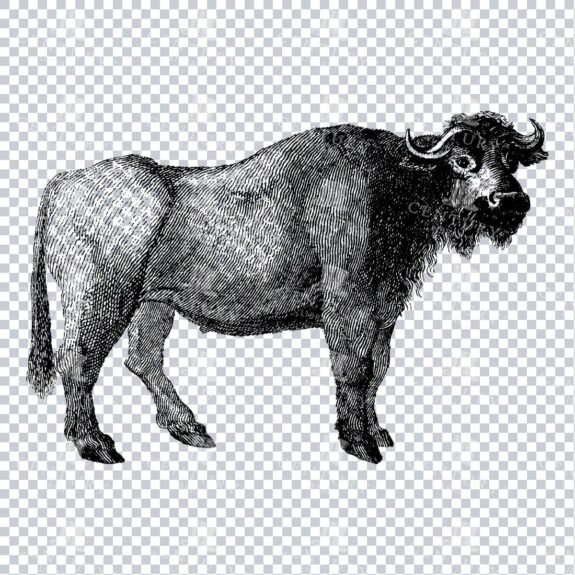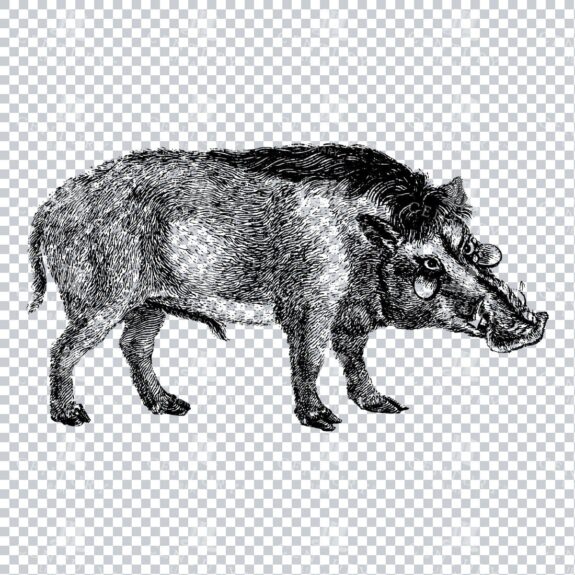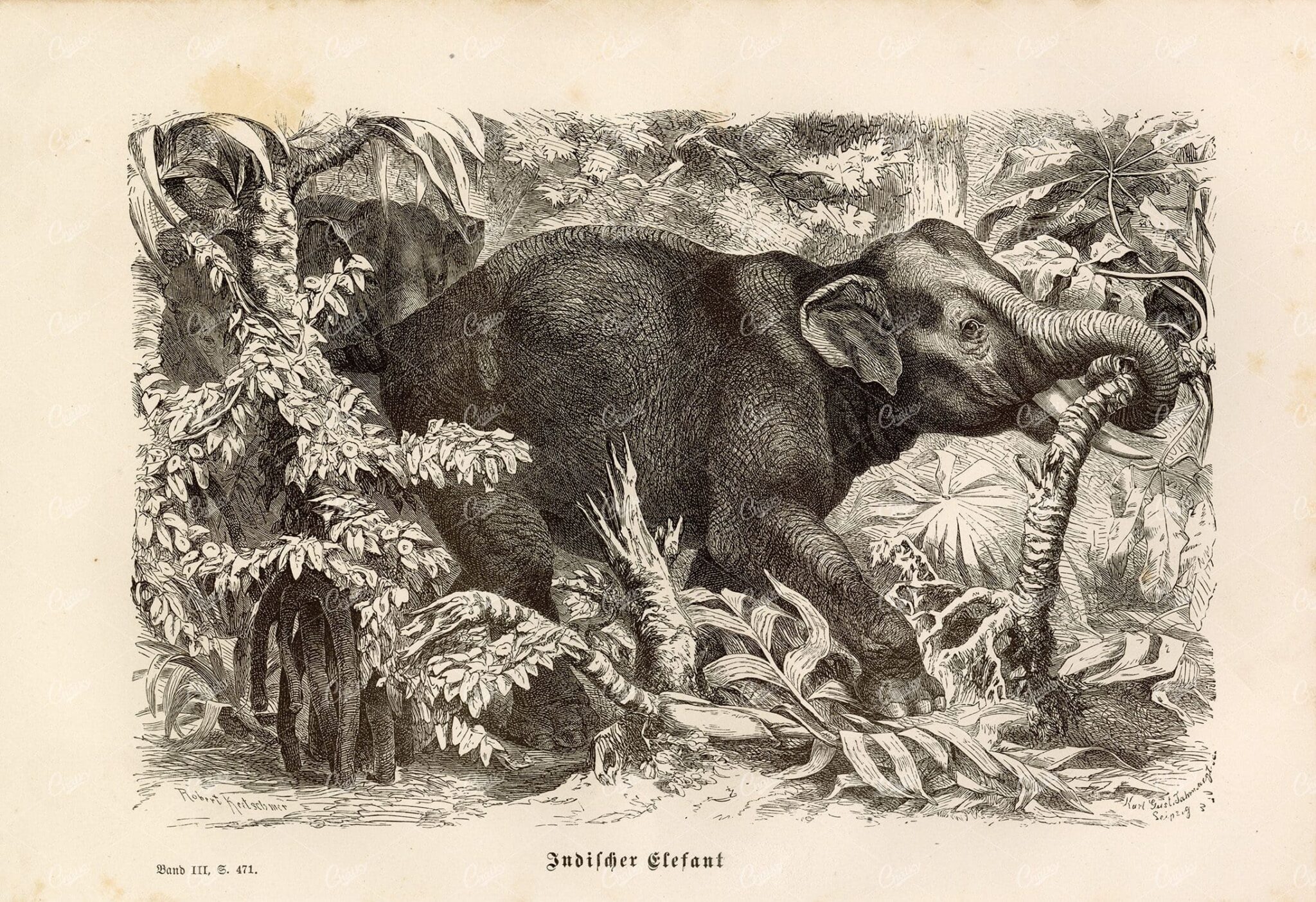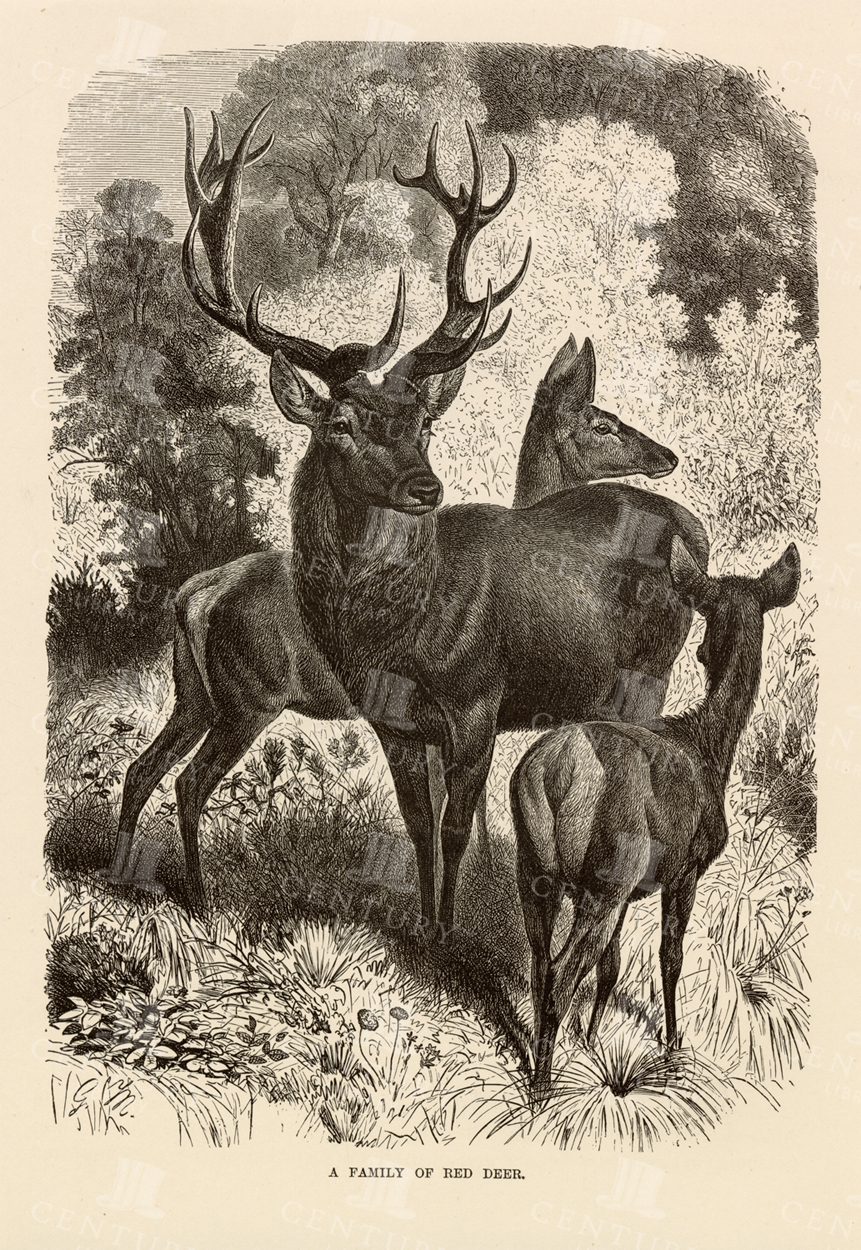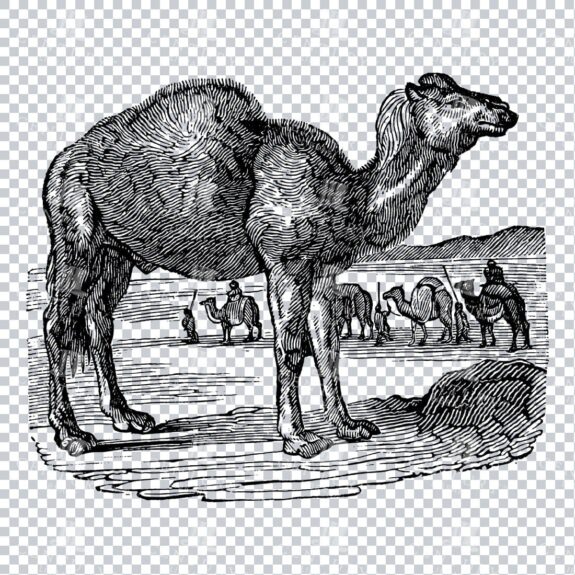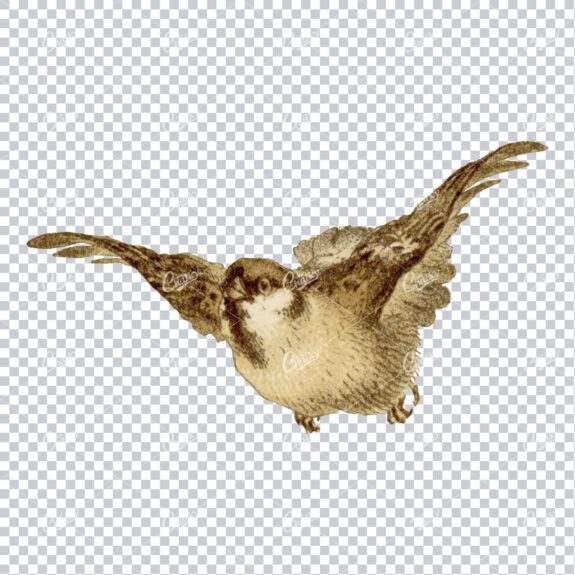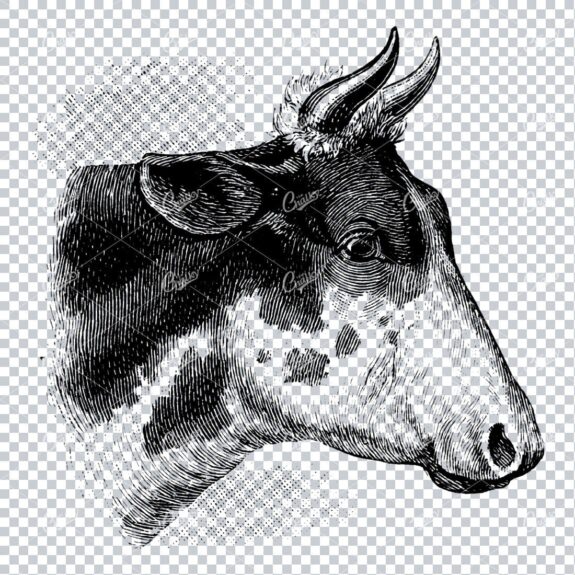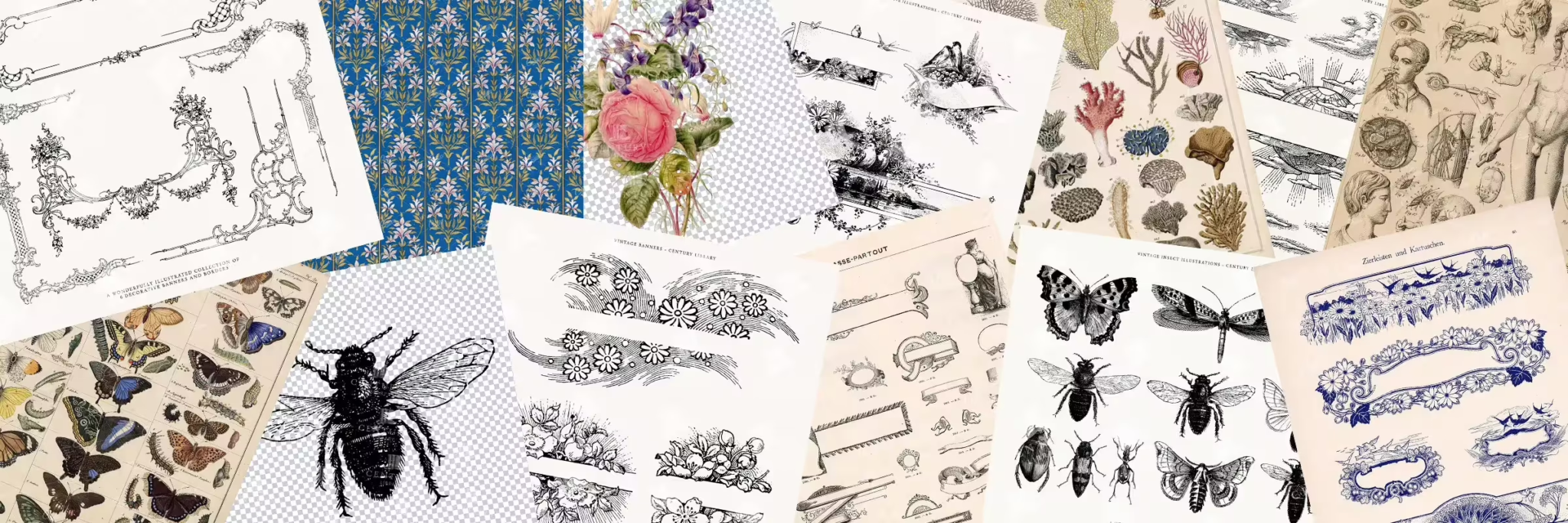


Common Loris Nocturnal Primate Illustration with Large Eyes
A highly detailed illustration of the common loris, showcasing its nocturnal features such as large eyes and gripping hands. This sketch captures the slow movements and distinct fur patterns of this small primate, emphasizing its unique adaptations for night living
- Resolution: 2387px x 1516px
- Image Type(s): PNG
Related Images
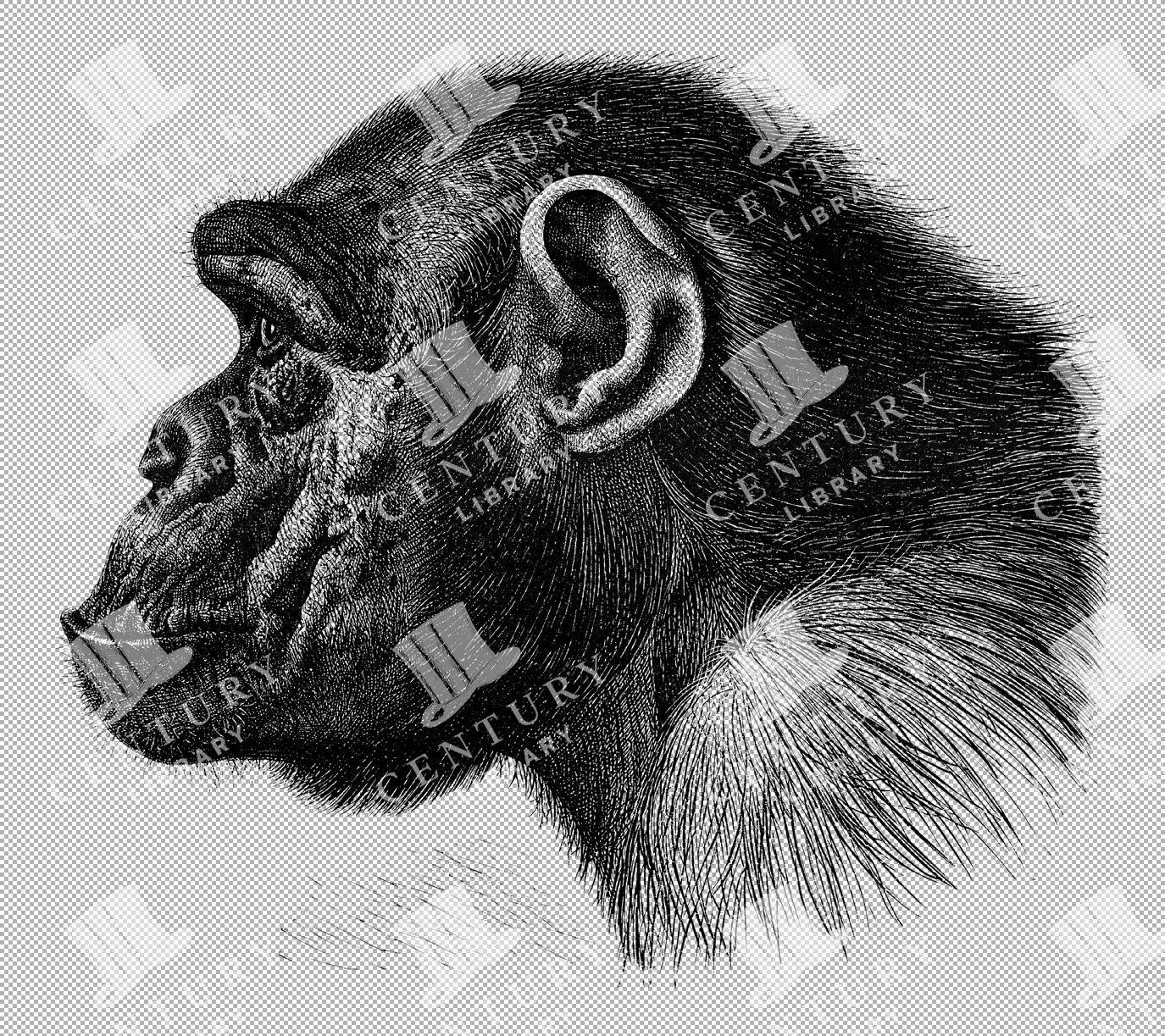

Side Profile of a Chimpanzee
A side profile illustration of a chimpanzee, highlighting its distinctive facial features and fur texture. This vintage style artwork showcases the chimp's thoughtful expression and the intricate details of its anatomy.
- Resolution: 4081px x 3629px
- Image Type(s): PNG
Related Images
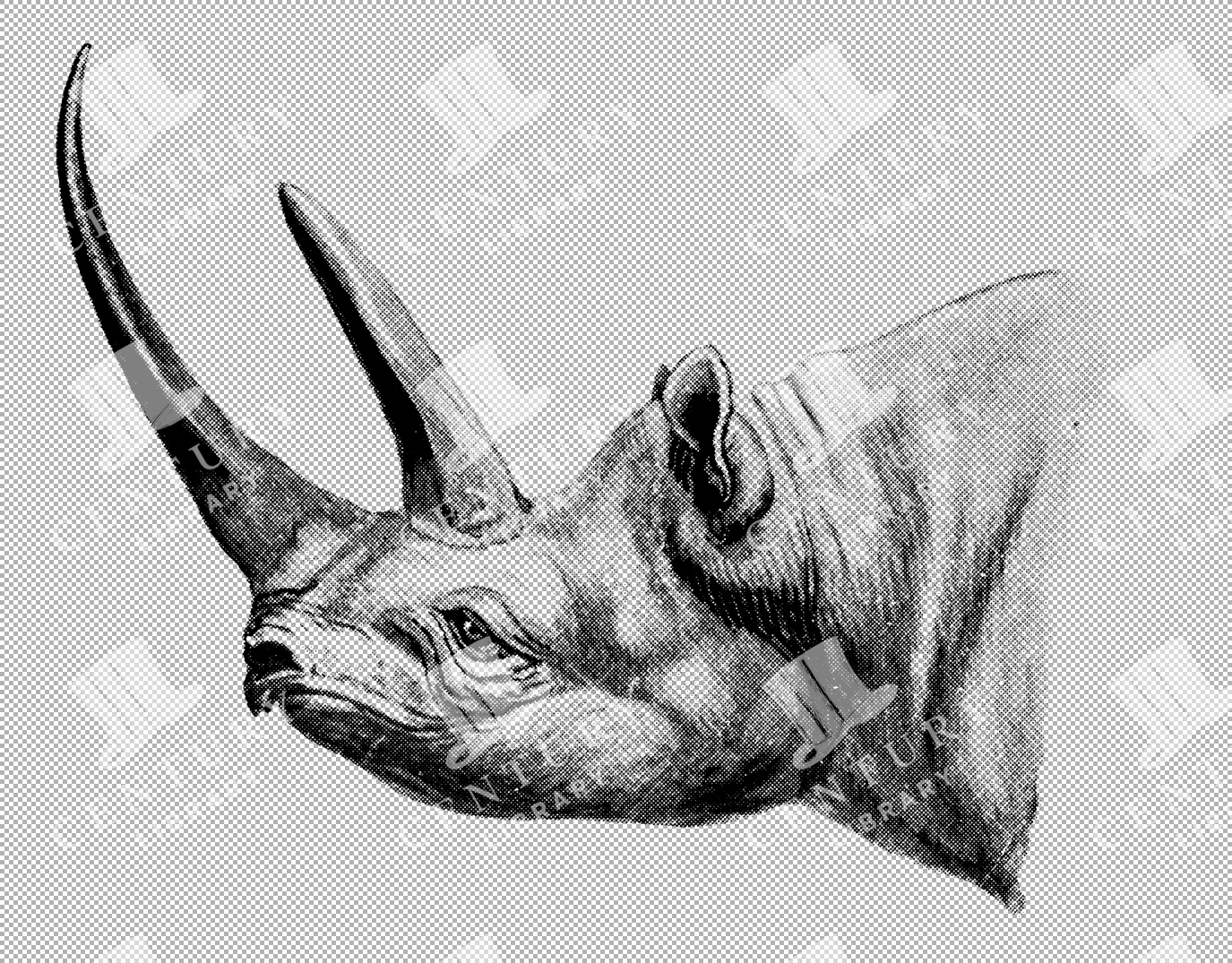

Detailed Antique Illustration of a Black Rhinoceros with Prominent Horns from the 1800s
This vintage 1800s illustration depicts a black rhinoceros with prominent horns and textured skin, capturing the unique features of this formidable species.
- Resolution: 2550px x 1995px
- Image Type(s): PNG
Related Images
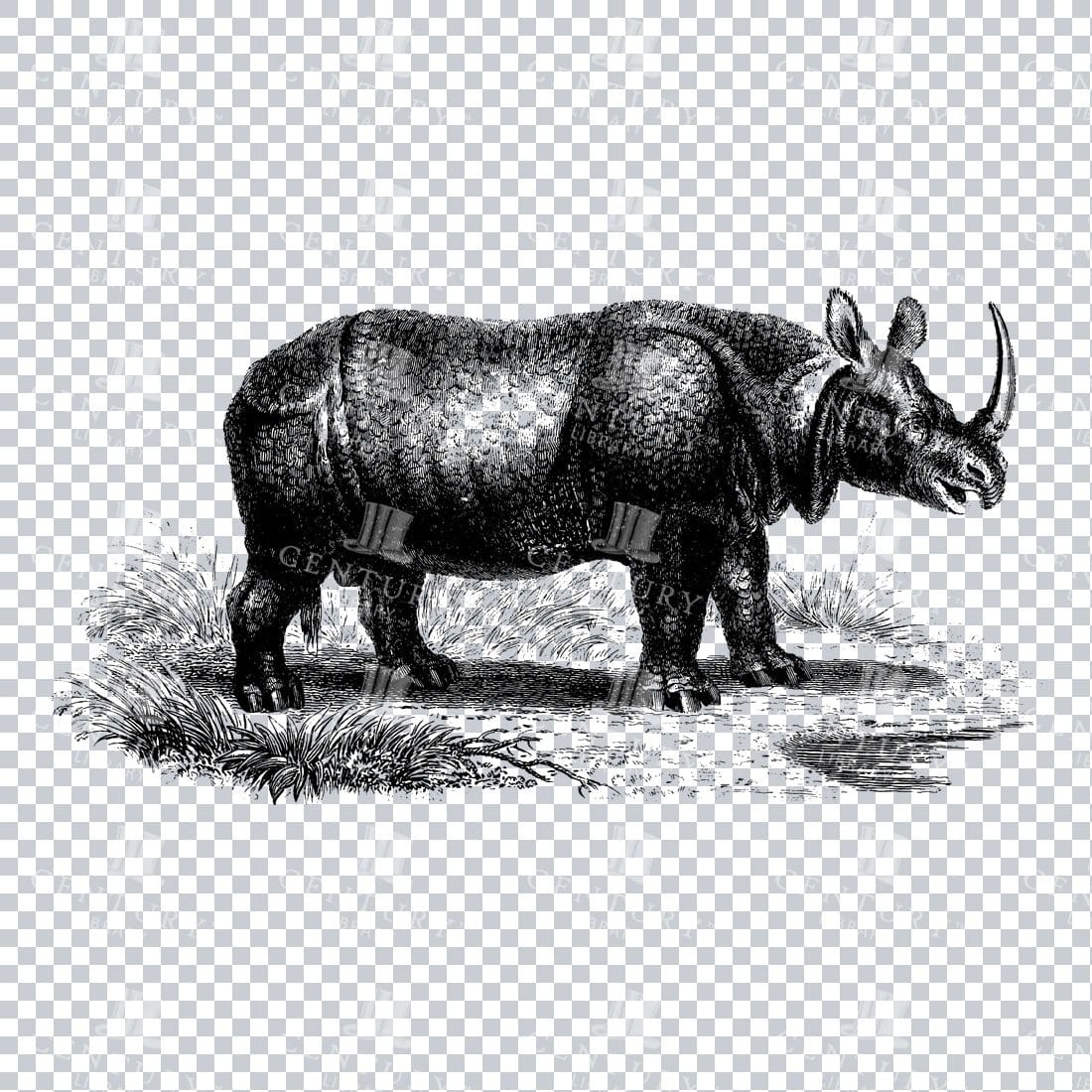

Old Clipart Illustration of a Rhinoceros
- License Info
- Resolution: 5055px x 2639px
Related Images
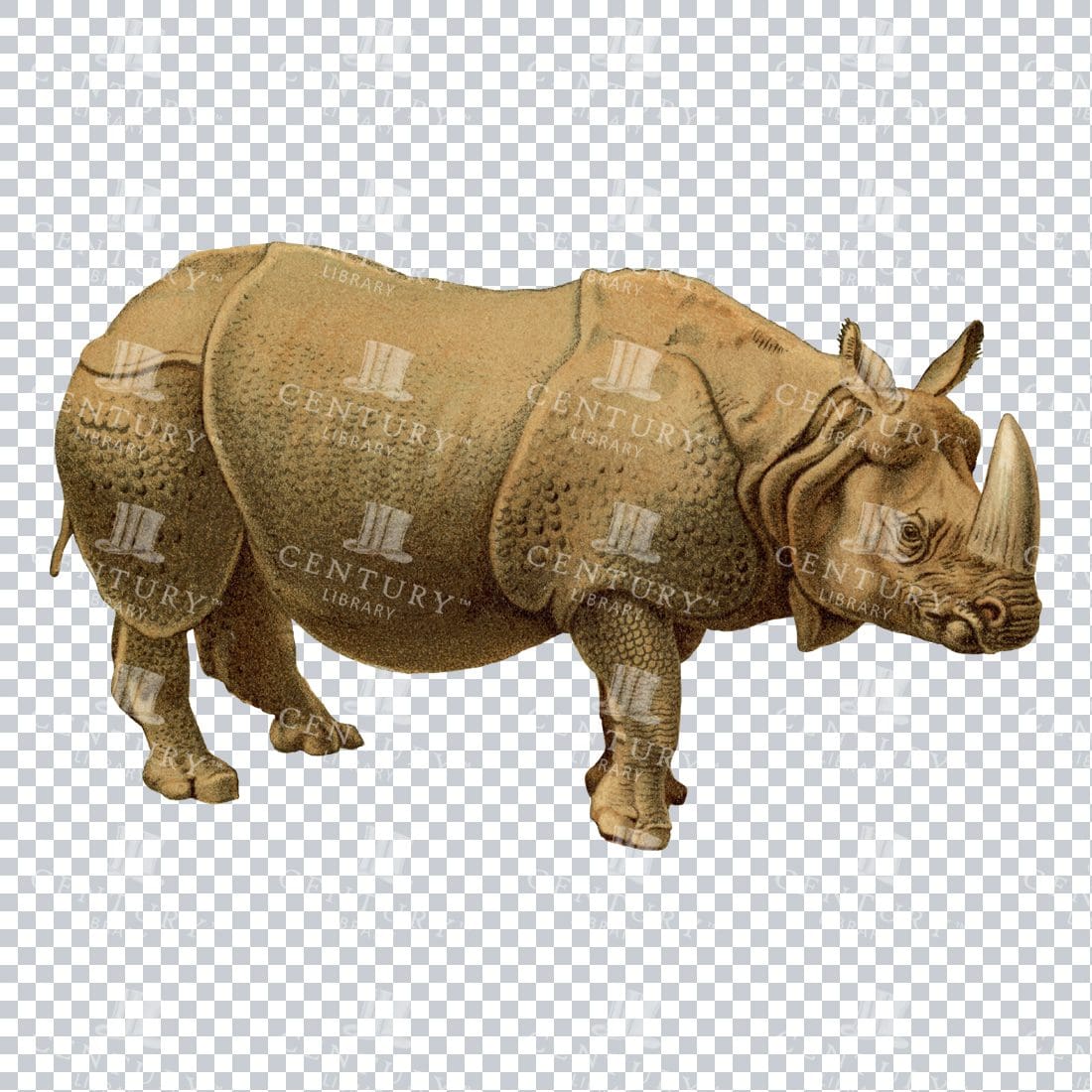

Vintage Full Color Illustration – Rhinoceros No.2
- License Info
- Resolution: 4431px x 2719px
Related Images


Vintage Full Color Illustration – Rhinoceros No.1
- License Info
- Resolution: 4025px x 2074px
Related Images


Antique Natural History Line Art Illustration – Elephant
- License Info
- Resolution: 2743px x 2232px
Related Images


Vintage Line Art Illustration of a Pole Cat
A vintage line art illustration of a pole cat, isolated and detailed, perfect for natural history, educational, and wildlife-themed designs.
- Image Type(s): PNG
Related Images


Vintage Line Art Illustration of Brazilian Porcupine
A vintage line art illustration of a Brazilian porcupine, rendered in detailed line art and isolated from the background, ideal for wildlife and educational themes.
- Image Type(s): PNG
Related Images
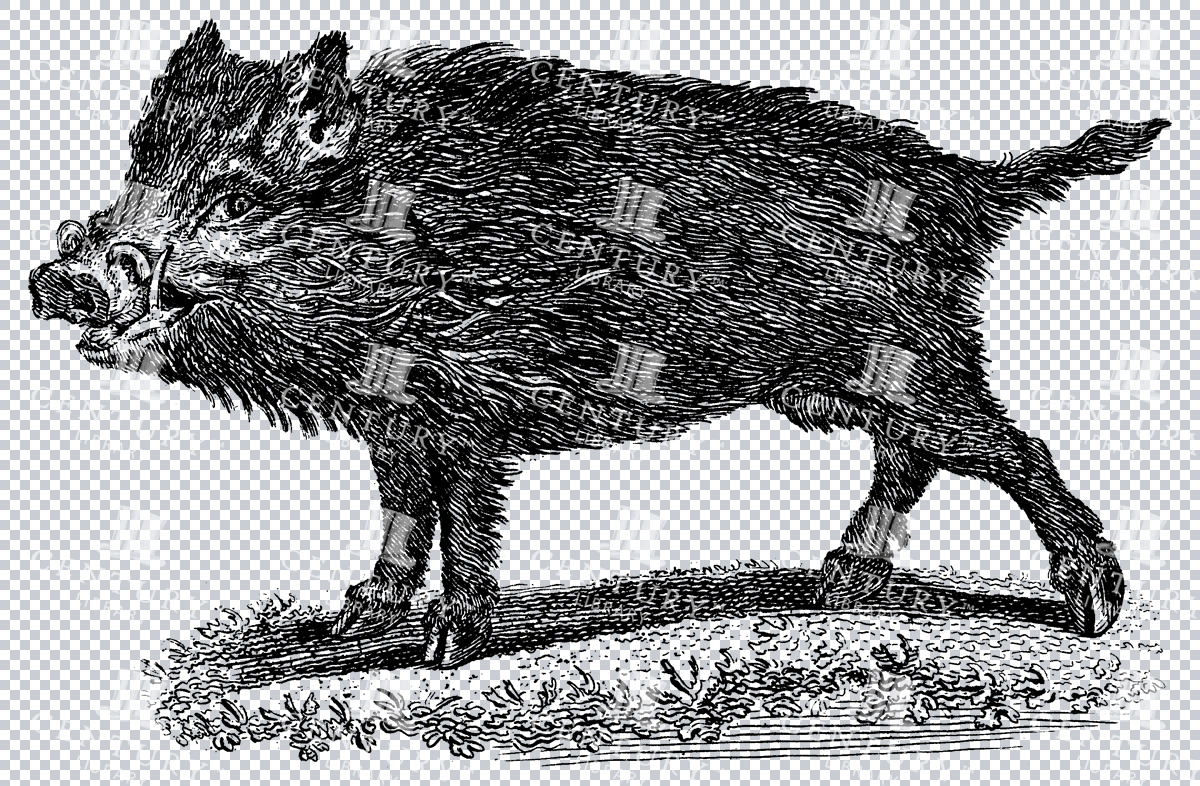

Isolated Wildlife Line Art Illustration of a Warthog
A vintage line art illustration of a warthog, captured in an isolated format, perfect for wildlife and natural history-themed designs.
- Image Type(s): PNG
Related Images
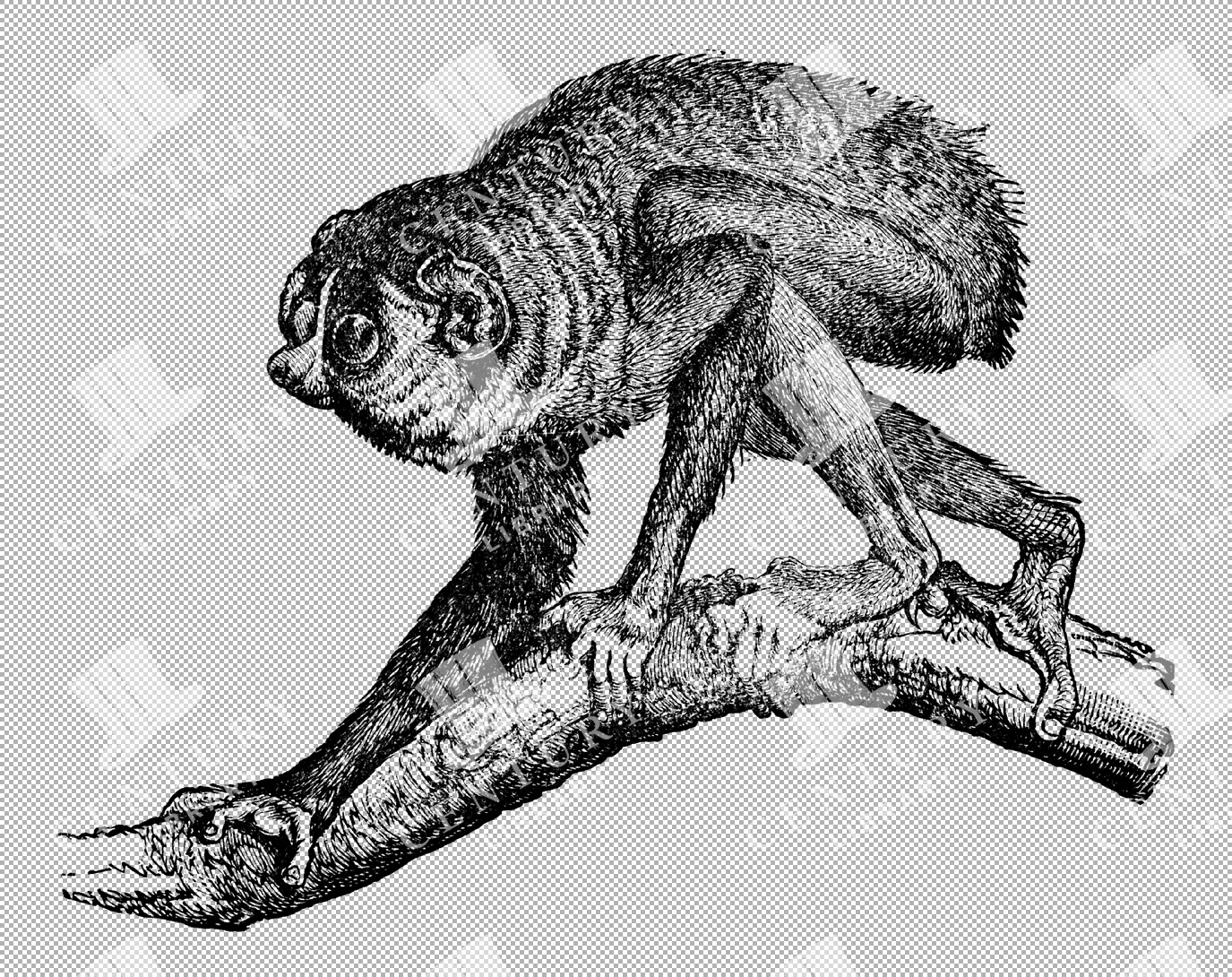

Slender Loris with Large Eyes Walking on a Branch Illustration
Illustration of a Slender Loris with large expressive eyes, depicted walking on a branch in detailed line art, capturing its unique nocturnal features
- Resolution: 2293px x 1817px
- Image Type(s): PNG
Related Images
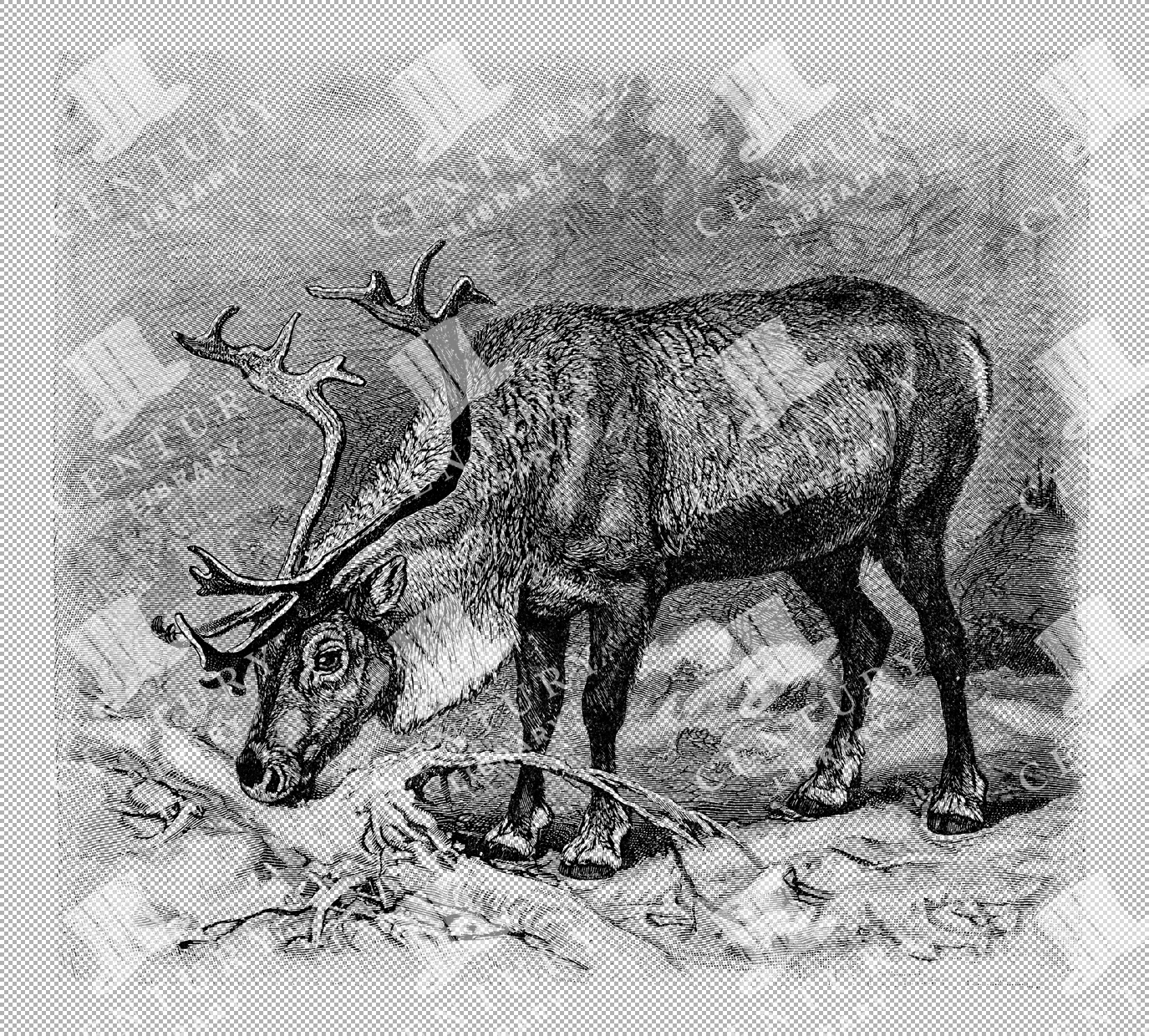

Vintage Illustration of Reindeer Grazing in a Snowy Landscape as Transparent PNG
A detailed vintage illustration of a reindeer grazing in a snowy landscape, featuring its iconic antlers. This transparent PNG captures the reindeer's natural habitat, suitable for wildlife and winter-themed projects.
- Resolution: 4705px x 4247px
- Image Type(s): PNG
Related Images
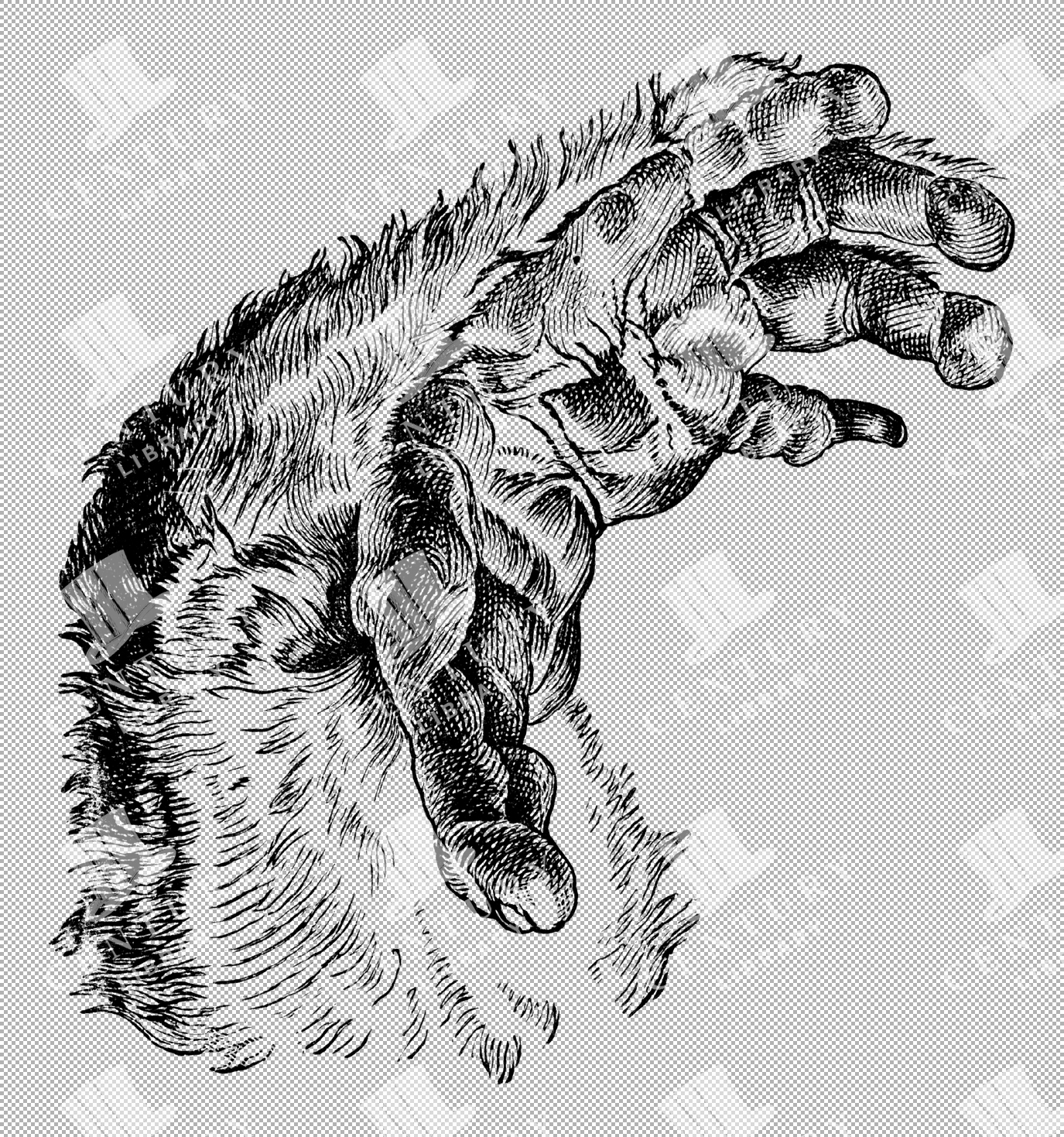

Common Loris Foot Illustration – Transparent PNG
A transparent PNG illustrating the foot of a Common Loris, known for its strong grip and dexterous toes, adapted to tree climbing. This isolated image is suitable for education, wildlife documentation, and artistic use.
- Resolution: 1970px x 2106px
- Image Type(s): PNG
Related Images


Front View of a Chimpanzee
A detailed illustration of a chimpanzee's face, showcasing its expressive features and textured fur in a classic etching style. The artwork captures the intelligence and emotion often associated with these primates.
- Resolution: 4549px x 3585px
- Image Type(s): PNG
Related Images
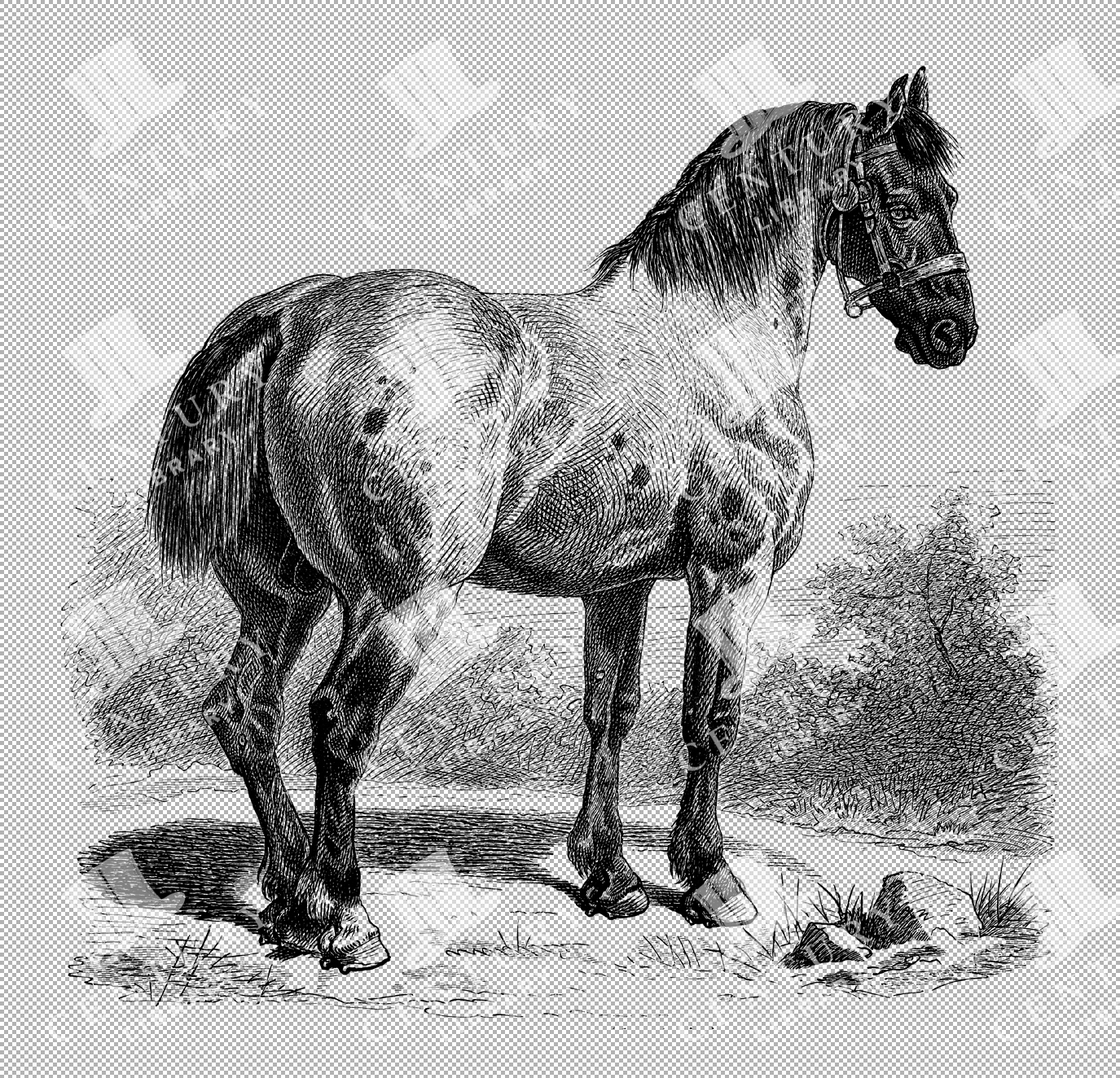

Illustration of a Cart-Horse
A vintage illustration of a robust cart-horse standing in a rural setting. The artwork emphasizes the horse's muscular physique and sturdy build, typical of breeds used for heavy labor in agricultural fields.
- Resolution: 4866px x 4686px
- Image Type(s): PNG
Related Images


Antique Illustration of a Bull Guar with Distinctive Horns and Muscular Build from the 1800s
An 1800s vintage illustration of a bull guar, showcasing its distinctive horns and muscular build, characteristic of the species' powerful presence in nature.
- Resolution: 4741px x 3850px
- Image Type(s): PNG
Related Images


Vintage 1800s Illustration of a Bison with Thick Fur and Prominent Horns
This antique illustration from the 1800s depicts a bison with thick fur and prominent horns, capturing the rugged features of this iconic species.
- Resolution: 3624px x 3989px
- Image Type(s): PNG
Related Images


Antique Illustration of a Bear with Its Prey in a Forest Setting from the 1800s
This vintage illustration shows a bear with its prey in a forest setting, capturing the raw interaction between predator and prey typical of 1800s wildlife art.
- Resolution: 4510px x 4517px
- Image Type(s): PNG
Related Images


Detailed Antique Illustration of a Bamboo Lemur Perched on a Tree Branch
This 1800s vintage illustration depicts a bamboo lemur sitting on a tree branch, with detailed fur and expressive eyes, typical of historical wildlife art.
- Resolution: 3664px x 4423px
- Image Type(s): PNG
Related Images
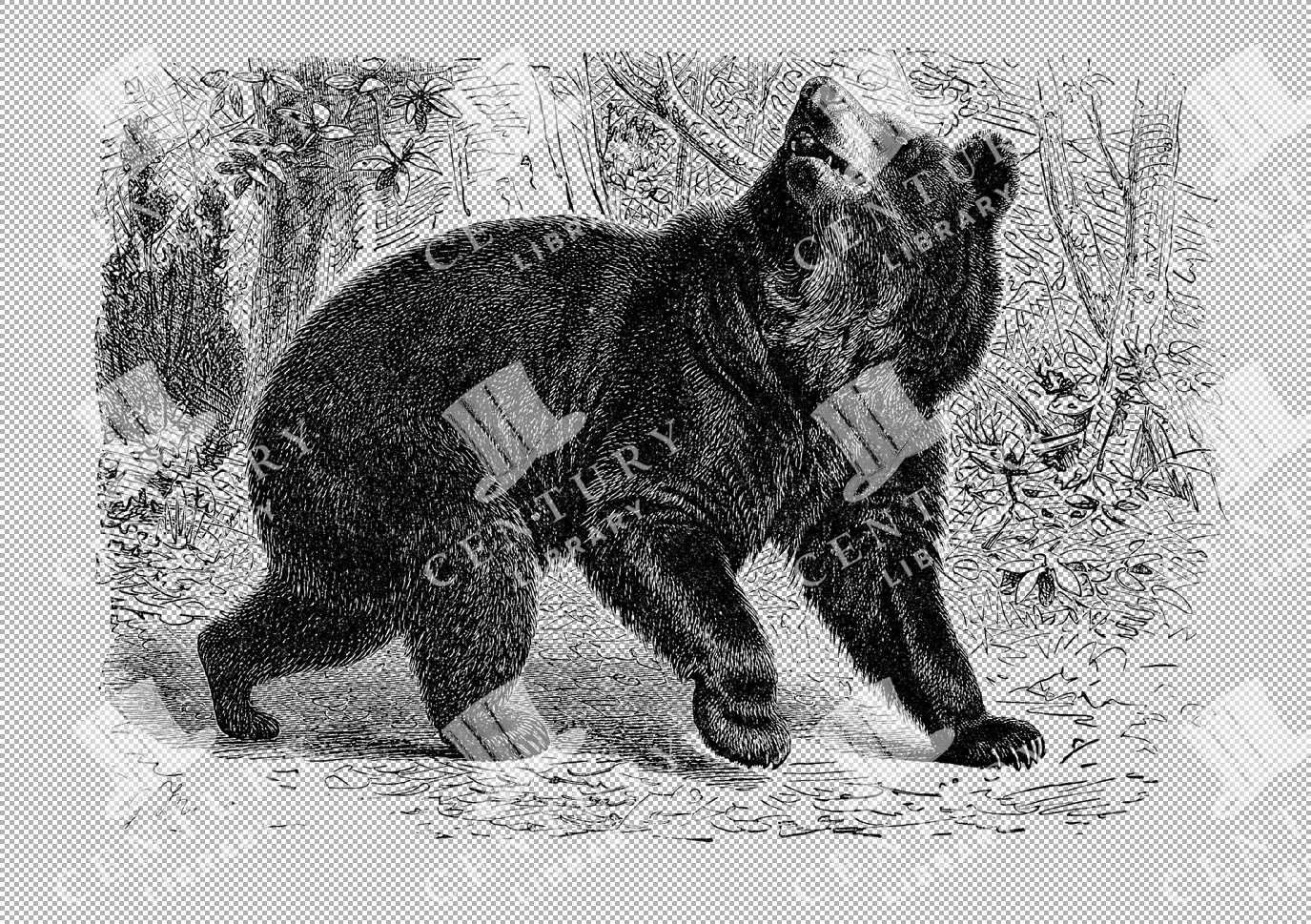

Antique 1800s Illustration of an American Black Bear Roaming in Forest
A detailed antique illustration from the 1800s showing an American black bear walking in a forest setting, highlighting the bear's distinctive fur and natural environment.
- Resolution: 4807px x 3388px
- Image Type(s): PNG
Related Images

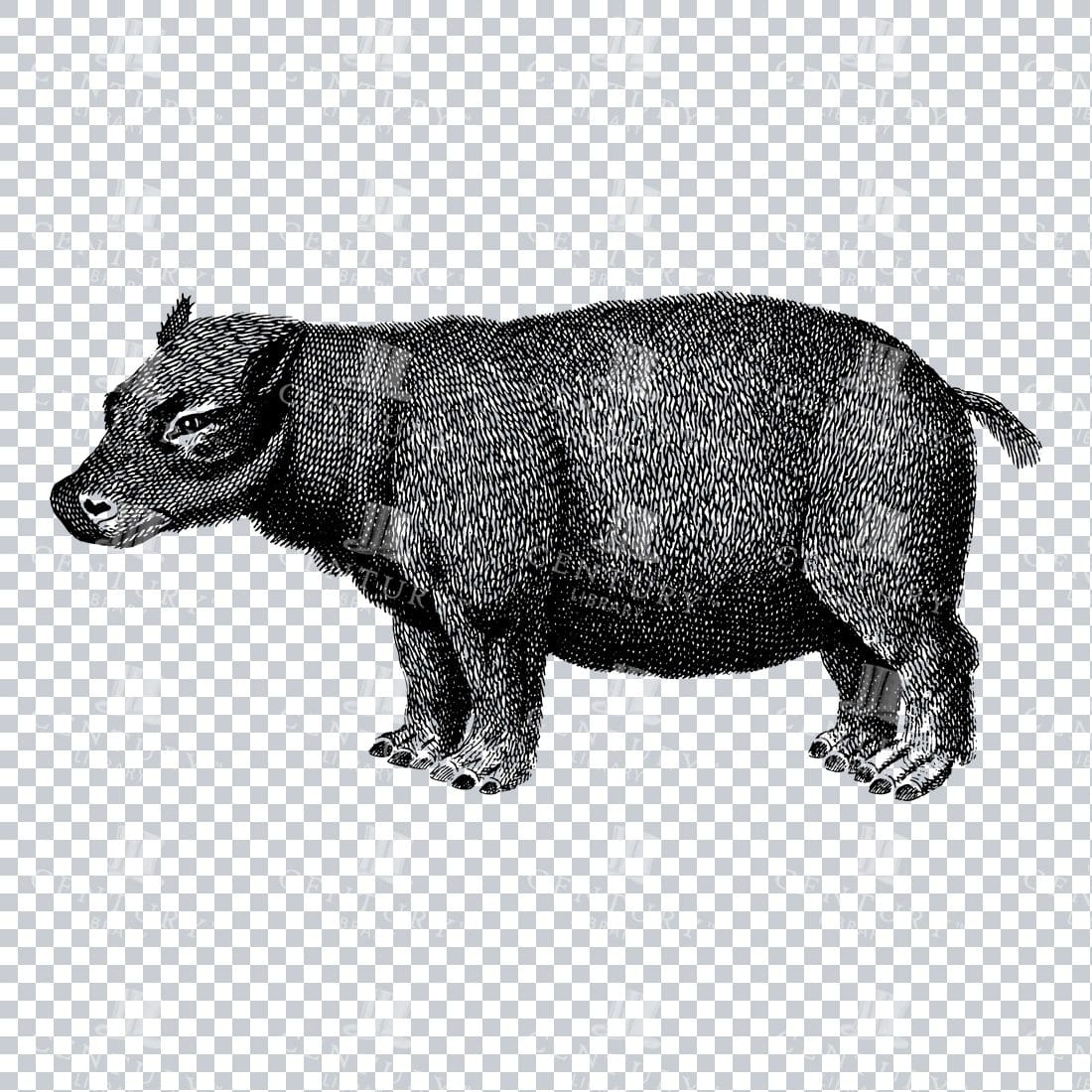

Black and White Engraving of a Hippopotamus
- License Info
- Resolution: 3583px x 1843px
Related Images


Hand Drawn Line Art PNG Illustration of a Wild Buffalo
- License Info
- Resolution: 2546px x 1721px
Related Images
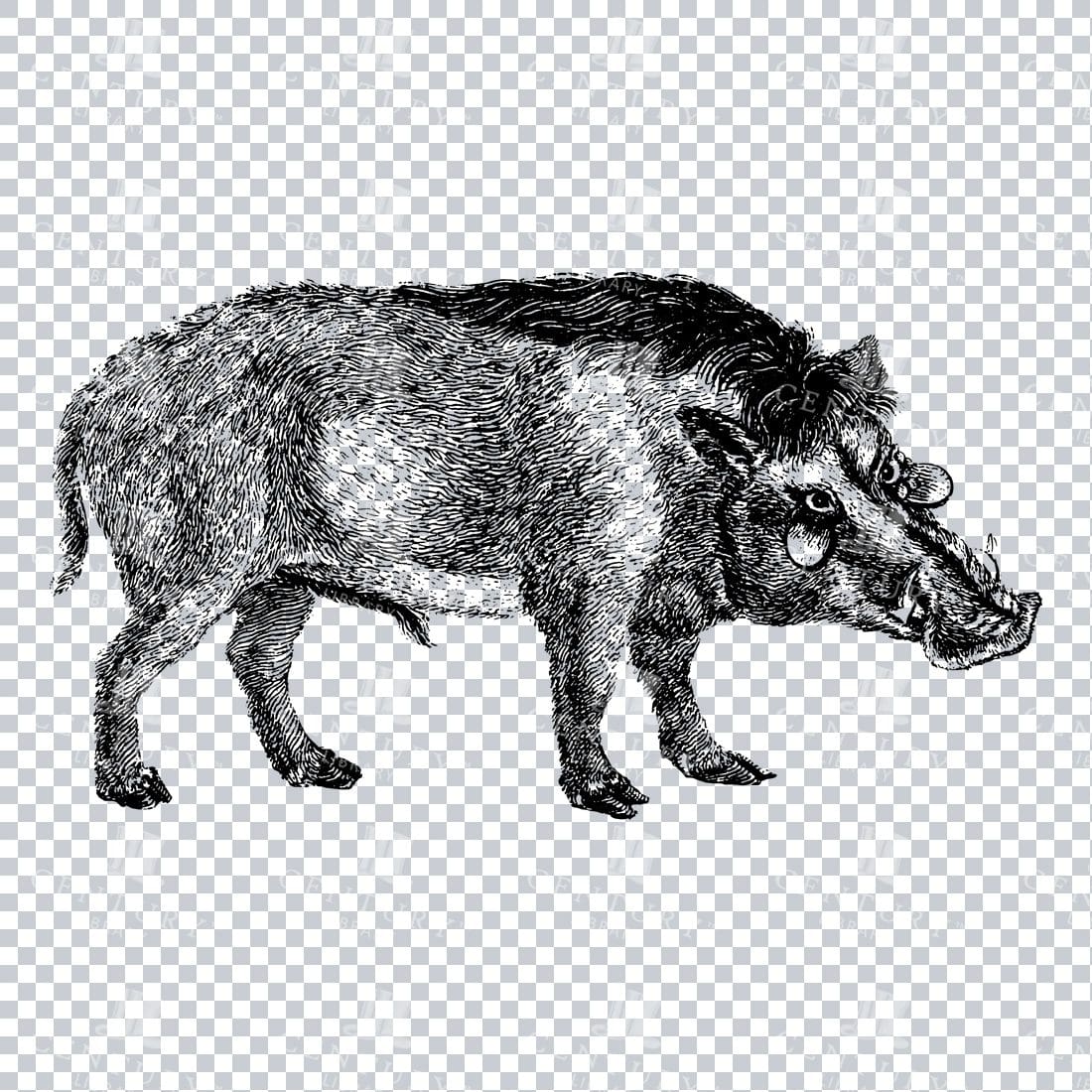

Vintage Line Art Illustration of a Wild Boar Pig
- License Info
- Resolution: 2729px x 1506px
Related Images
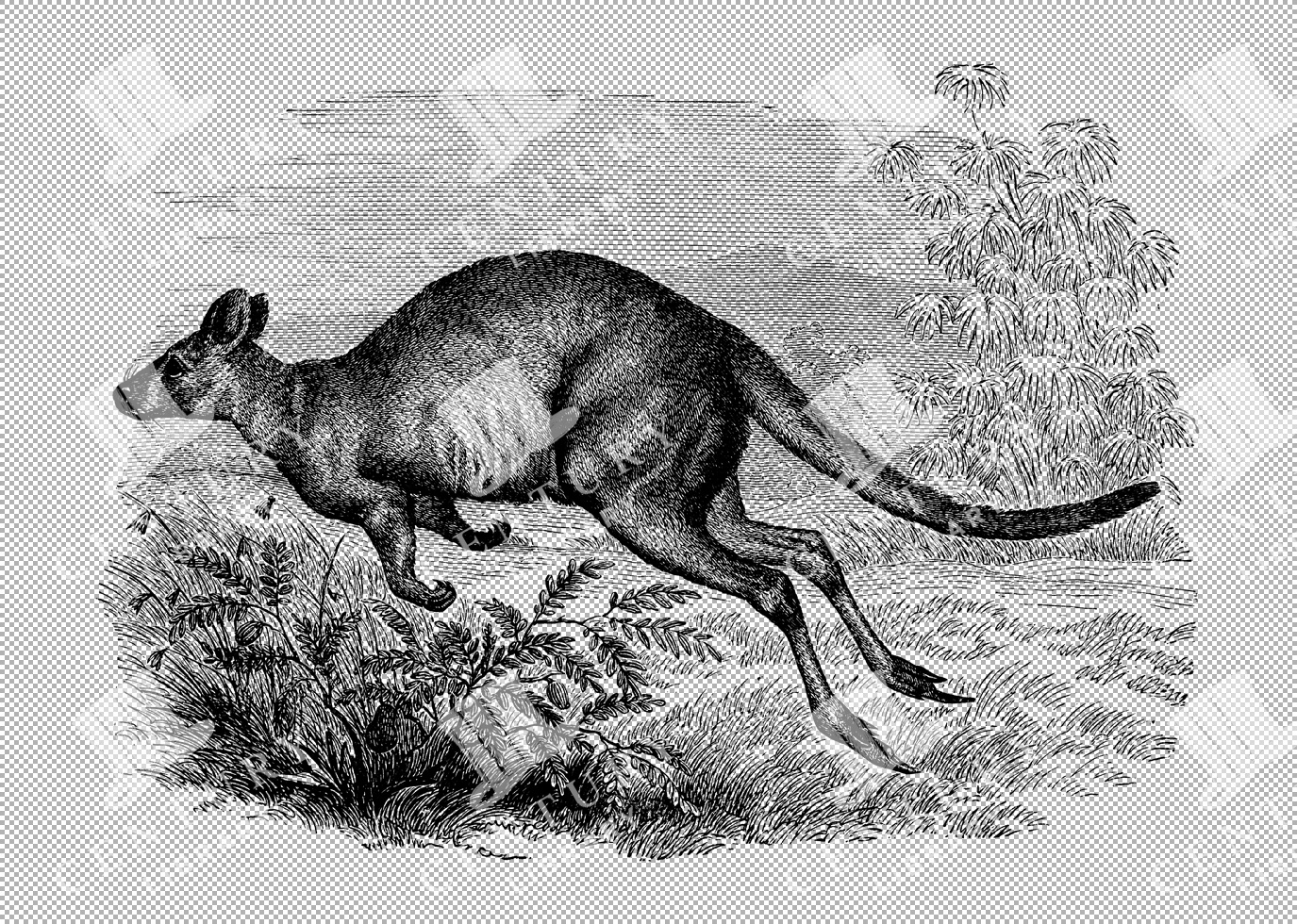

Wallaby Running in Detailed Line Art Illustration
Line art illustration of a wallaby running, capturing its agile movement and muscular structure in a dynamic and detailed style
- Resolution: 4423px x 3152px
- Image Type(s): PNG
Related Images


Vintage Illustration of Short-Horned Buffalo in a Field as Transparent PNG
A vintage illustration of a short-horned buffalo standing in a field, capturing its sturdy build and distinctive short horns. This transparent PNG is ideal for wildlife and agricultural-themed projects.
- Resolution: 4829px x 4100px
- Image Type(s): PNG
Related Images
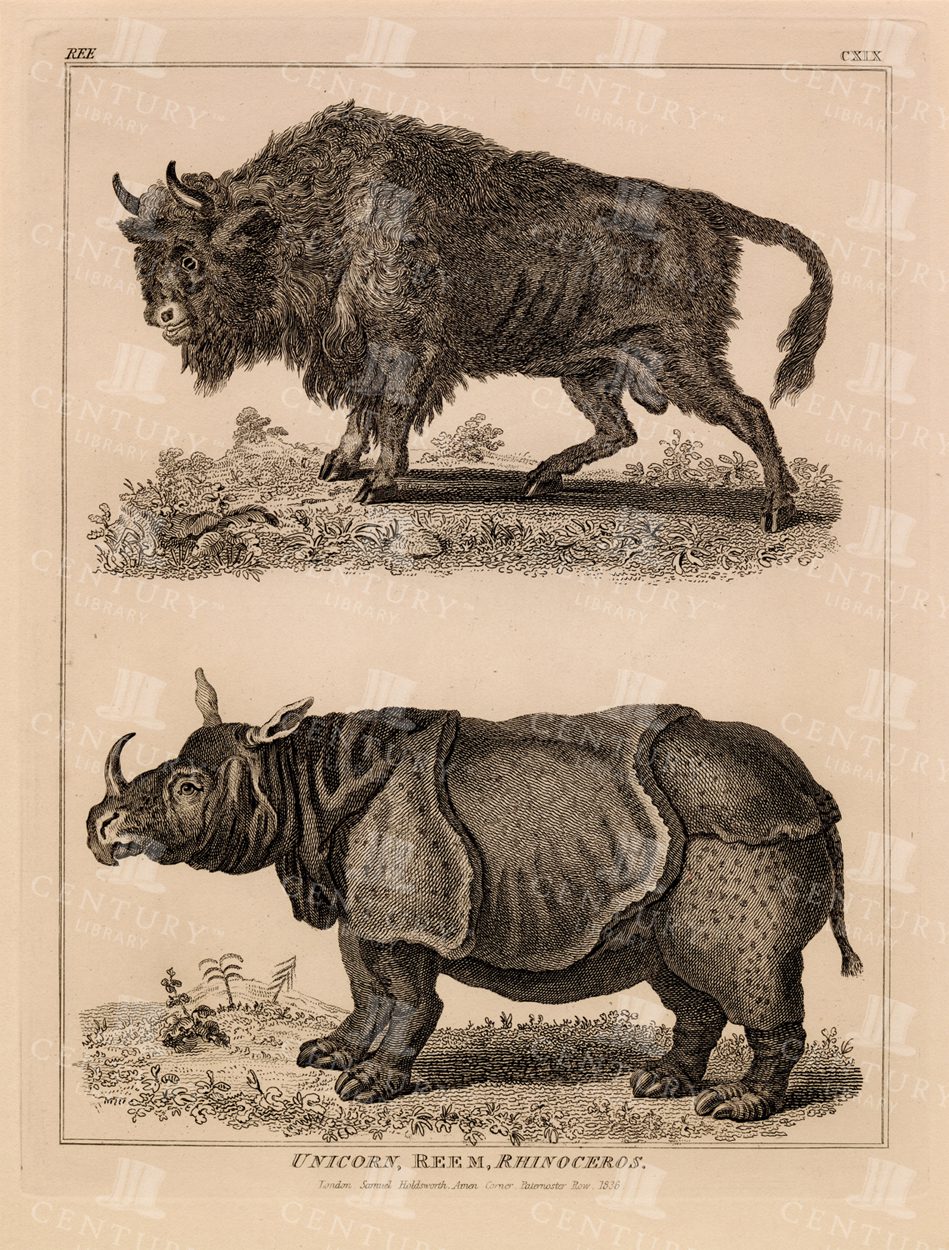

VINTAGE 1836 Engraved Print – Unicorn, Reem (great beast), Rhinoceros
- License Info
- Resolution: 6985px x 9197px
- Year of Print: 1836
- Artist: Charles Taylor
Related Images
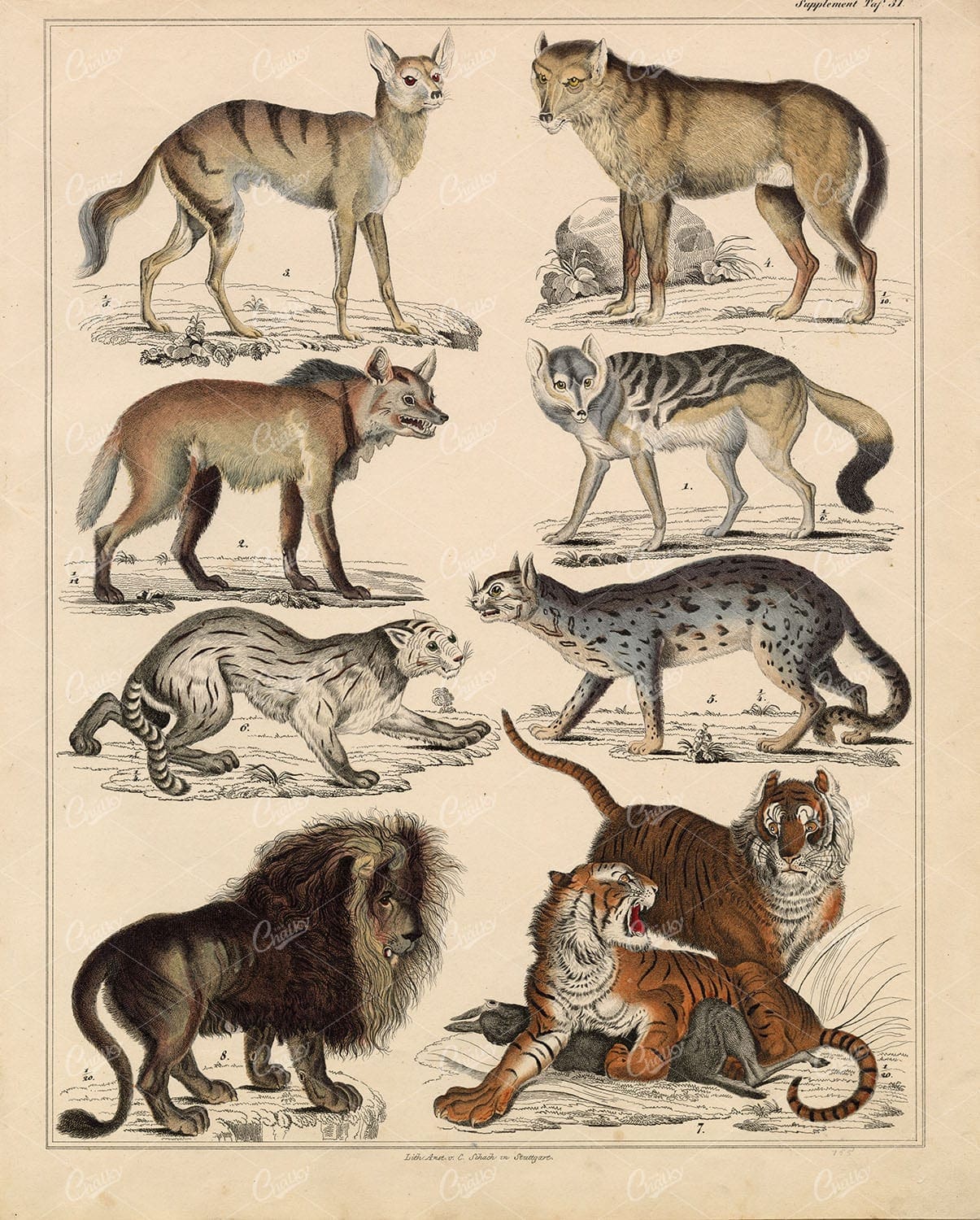

ANTIQUE Artwork – African Wolf, Tiger, Lion – Vintage Illustrations
Original Colour Vintage Print from Lorenz Okenfuss' 'Oken's Naturgeschichte' (Allgemeine Naturgeschichte für alle Stände), with illustrations by Johann Susemihl (1767-1847), and published in Stuttgart by Hoffman between 1839 and 1841. Lorenz Oken (1 August 1779 - 11 August 1851) was a German naturalist, botanist, biologist, and ornithologist. Oken was born Lorenz Okenfuss (German: Okenfuß) in Bohlsbach (now part of Offenburg), Ortenau, Baden, and studied natural history and medicine at the universities of Freiburg and Würzburg. He went on to the University of Göttingen, where he became a Privatdozent (unsalaried lecturer), and shortened his name to Oken. As Lorenz Oken, he published a small work entitled Grundriss der Naturphilosophie, der Theorie der Sinne, mit der darauf gegründeten Classification der Thiere (1802). This was the first of a series of works which established him as a leader of the movement of "Naturphilosophie" in Germany.
- License Info
- Resolution: 9300 x 11600 300dpi
- Year of Print: 1836
- Artist: Lorenz Oken
- Image Type(s): JPG
From this collection


Vintage Line Art Illustration Isolated from Background Natural History Two Horned Rhino
A vintage line art illustration of a two-horned rhino, captured in an isolated format, perfect for natural history and wildlife-themed designs.
- Image Type(s): PNG
Related Images
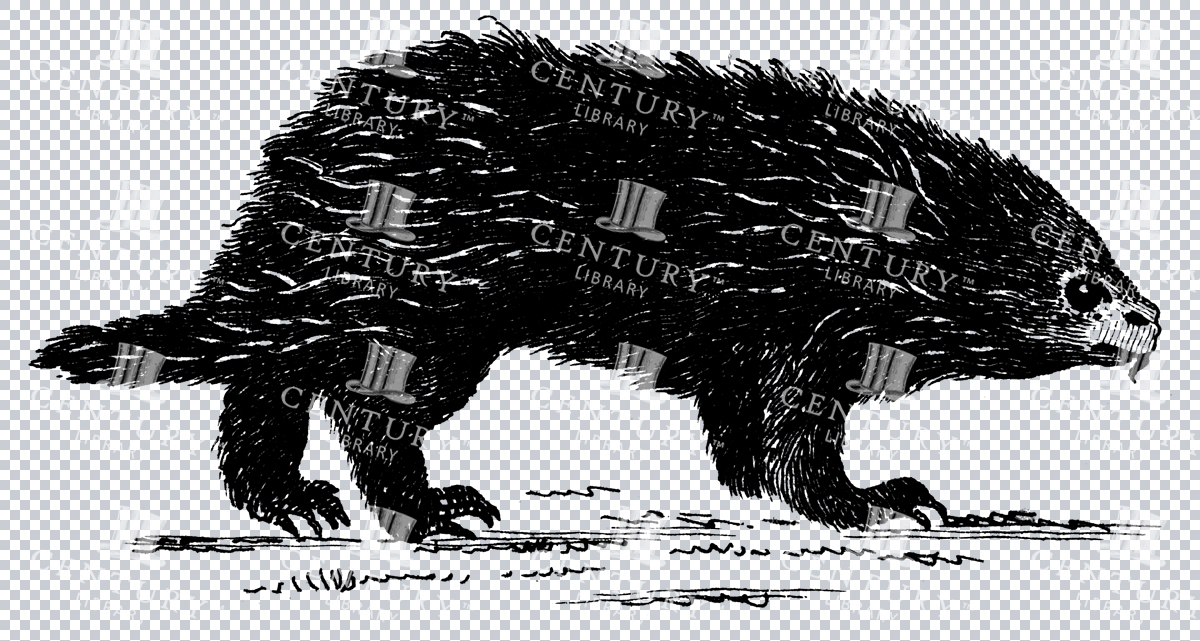

Vintage Illustration of a Canadian Porcupine
A vintage illustration of a Canadian porcupine, captured in line art style and isolated from the background, perfect for natural history and wildlife-themed projects.
- Image Type(s): PNG
Related Images
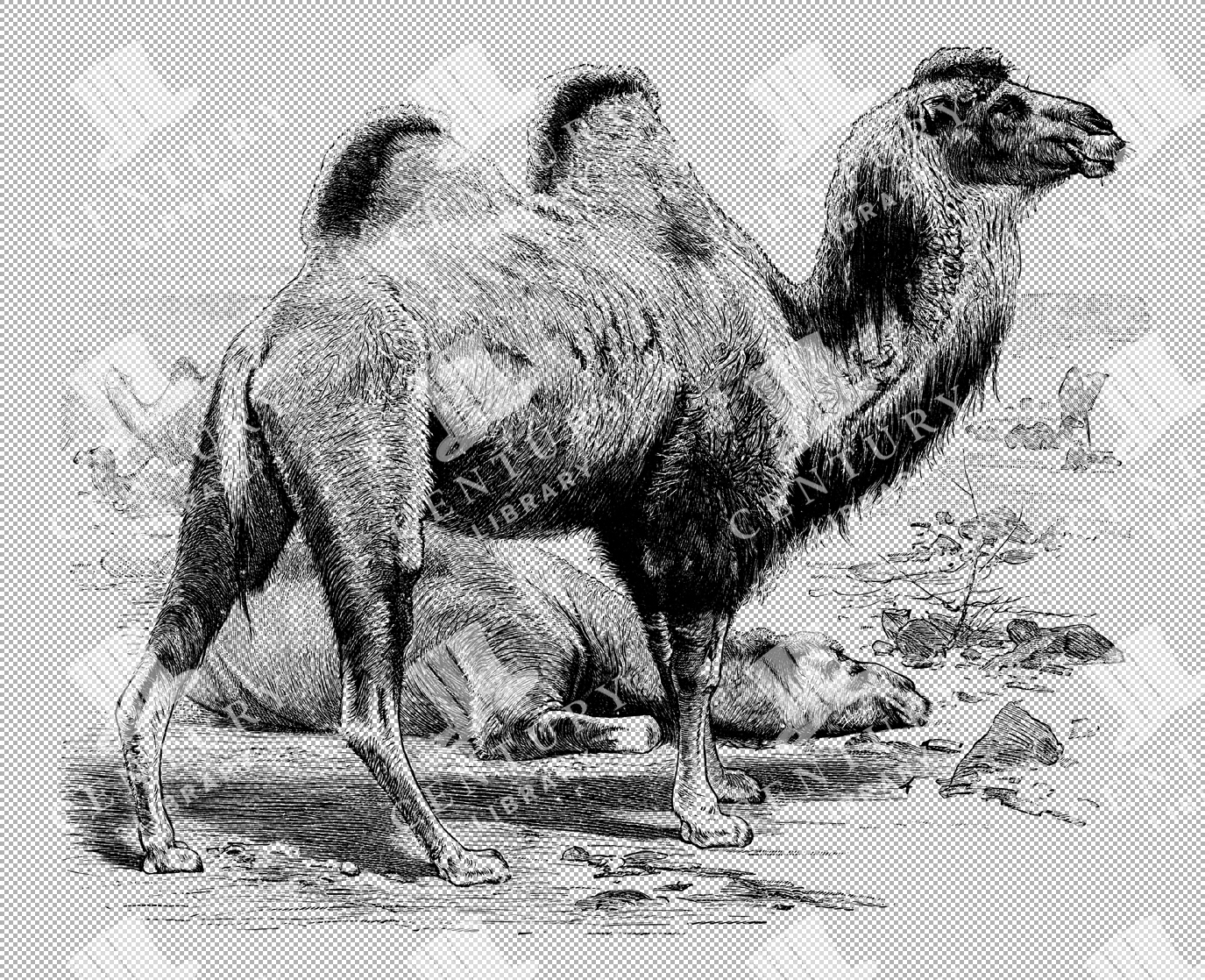

Bactrian Camels in Desert One Standing One Lying Line Art
Illustration of two Bactrian Camels in a desert setting, with one standing and another lying in the background, captured in detailed line art
- Resolution: 4745px x 3861px
- Image Type(s): PNG
Related Images


Illustration of a Bactrian Camel
A vintage style illustration of a Bactrian camel with two humps, standing in a desert landscape. The artwork details the camel's thick fur and characteristic facial expression, highlighting its adaptation to harsh environments.
- Resolution: 4724px x 4308px
- Image Type(s): PNG
Related Images


Antique Illustration of an African Rhinoceros with Two Prominent Horns
A highly detailed antique illustration from the 1800s showcasing an African rhinoceros, notable for its two distinct horns and textured skin, typical of historical wildlife art.
- Resolution: 3547px x 2134px
- Image Type(s): PNG
Related Images


Vintage Illustration of a Pangolin
A vintage line art illustration of a pangolin, isolated from the background, highlighting its unique scaled appearance, suitable for wildlife and educational themes.
- Image Type(s): PNG
Related Images
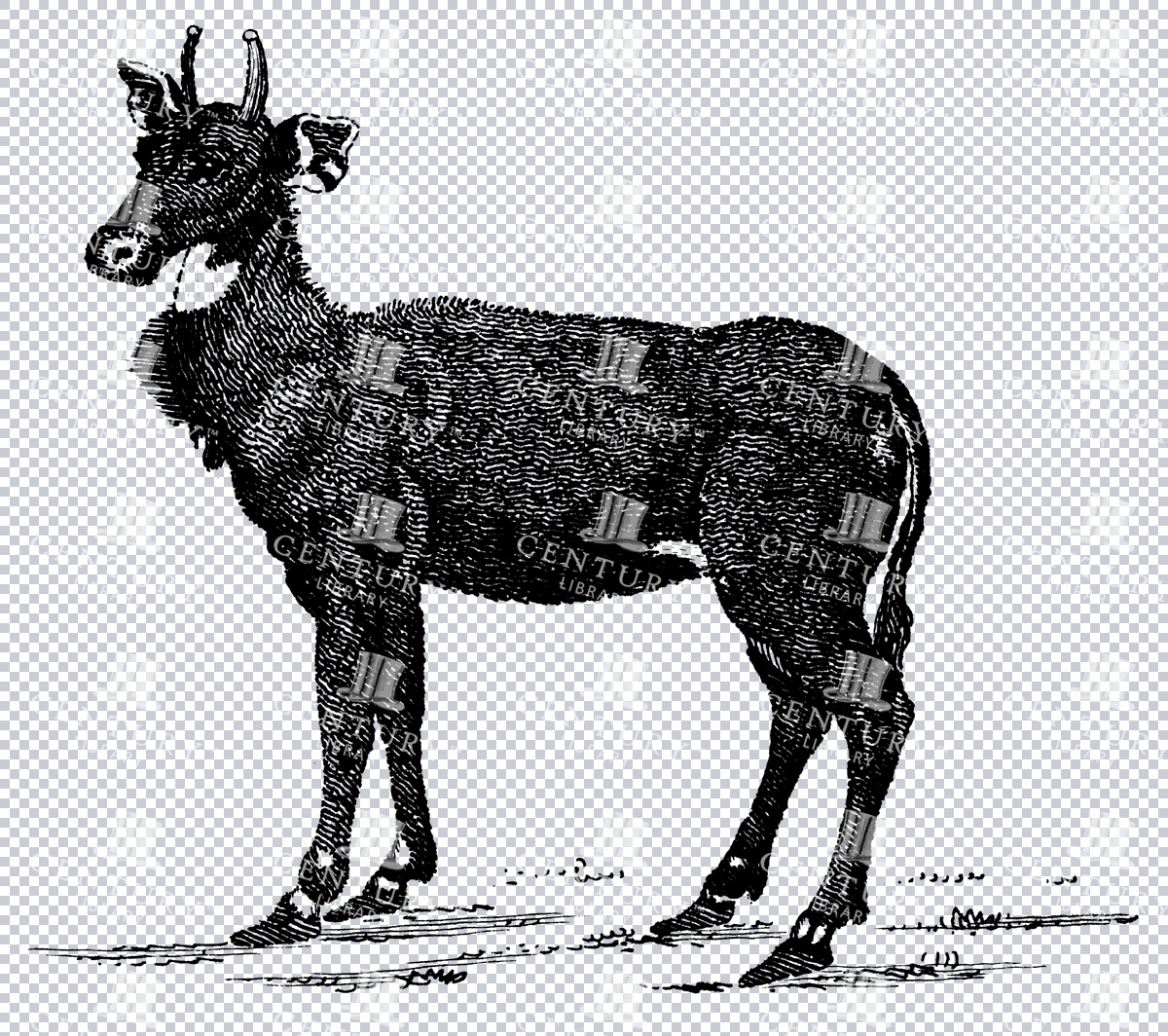

Vintage Illustration of a Nyl Ghau Isolated from Background
A vintage illustration of a Nyl Ghau, rendered in a line art style and isolated from the background, ideal for wildlife and natural history themed designs.
- Image Type(s): PNG
Related Images


Cacomistle on Tree Branch with Natural Backdrop Illustration
Line art illustration of a Cacomistle perched on a tree branch with a natural backdrop, capturing its agile form and unique features
- Resolution: 5054px x 2529px
- Image Type(s): PNG
Related Images
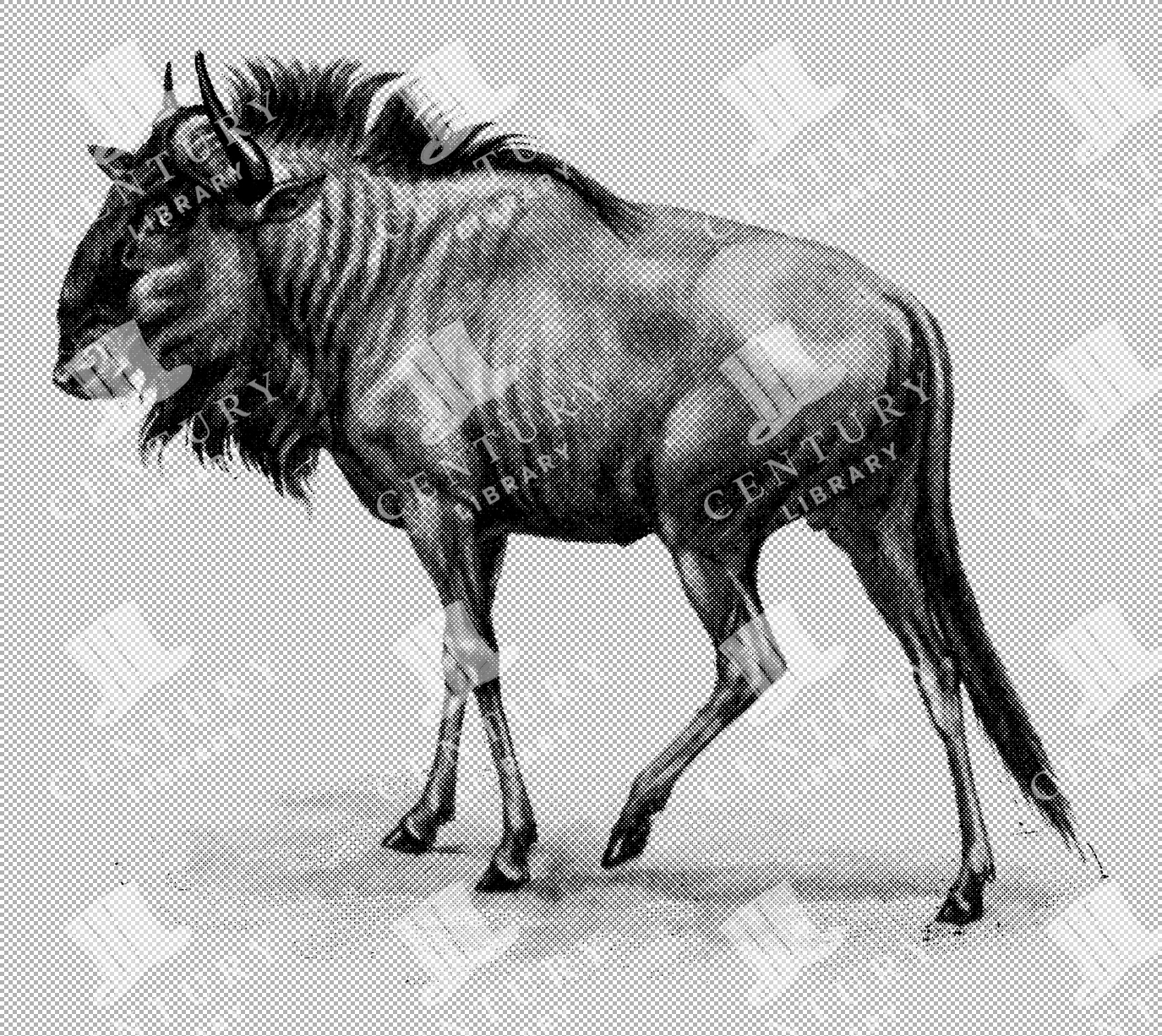

Vintage Illustration of a Blue Wildebeest Standing in Open Savannah from the 1800s
This antique 1800s illustration shows a blue wildebeest standing in the open savannah, highlighting its distinctive horns and rugged build, typical of African wildlife.
- Resolution: 2355px x 2101px
- Image Type(s): PNG
Related Images
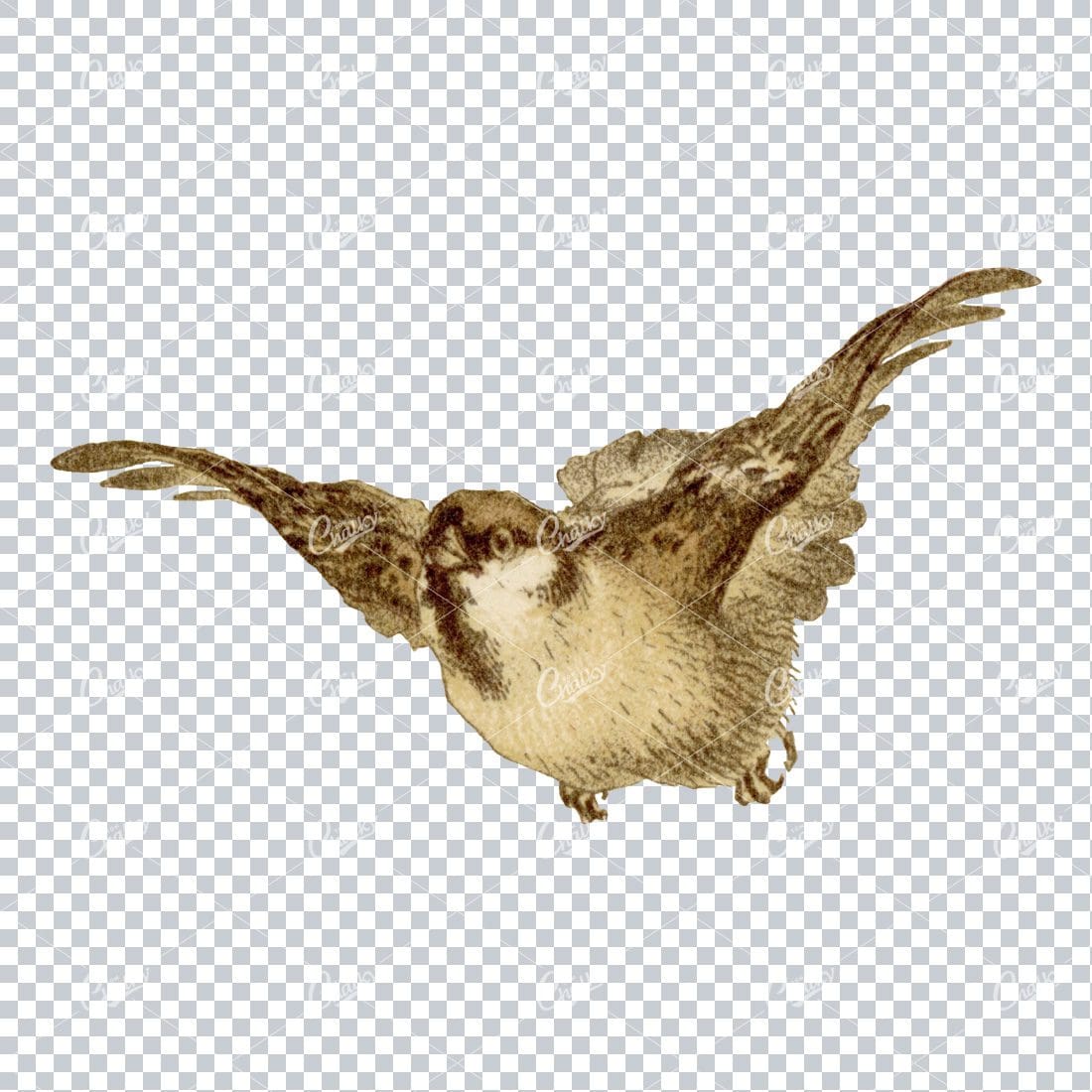

Vintage Colored Illustration of a Small Flying Bird No.2
- License Info
- Resolution: 1684px x 947px
Related Images
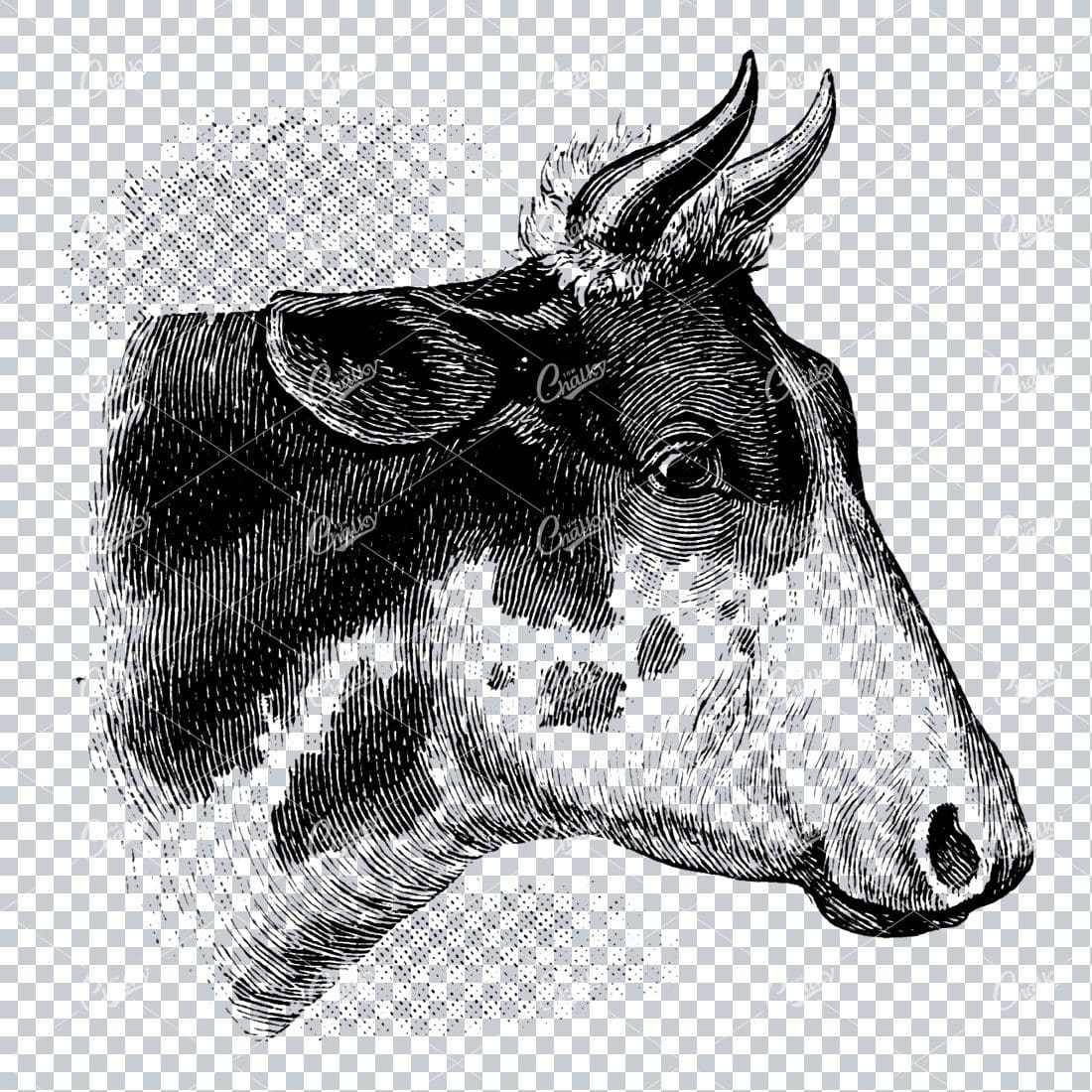
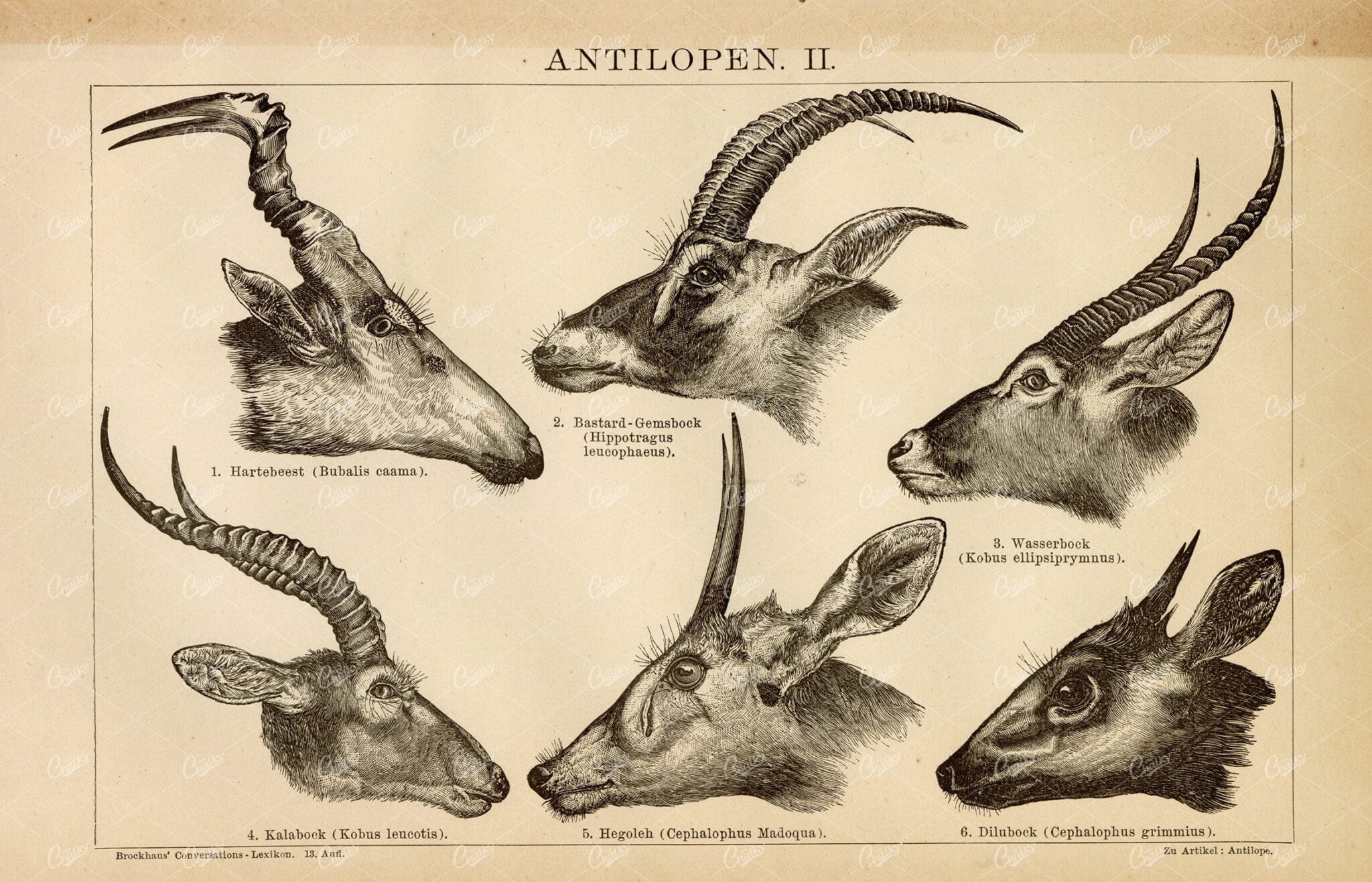

ANTELOPES Vintage German Encyclopedia Print 1882
- License Info
- Resolution: 8560px x 5503px
- Year of Print: 1882
Related Images
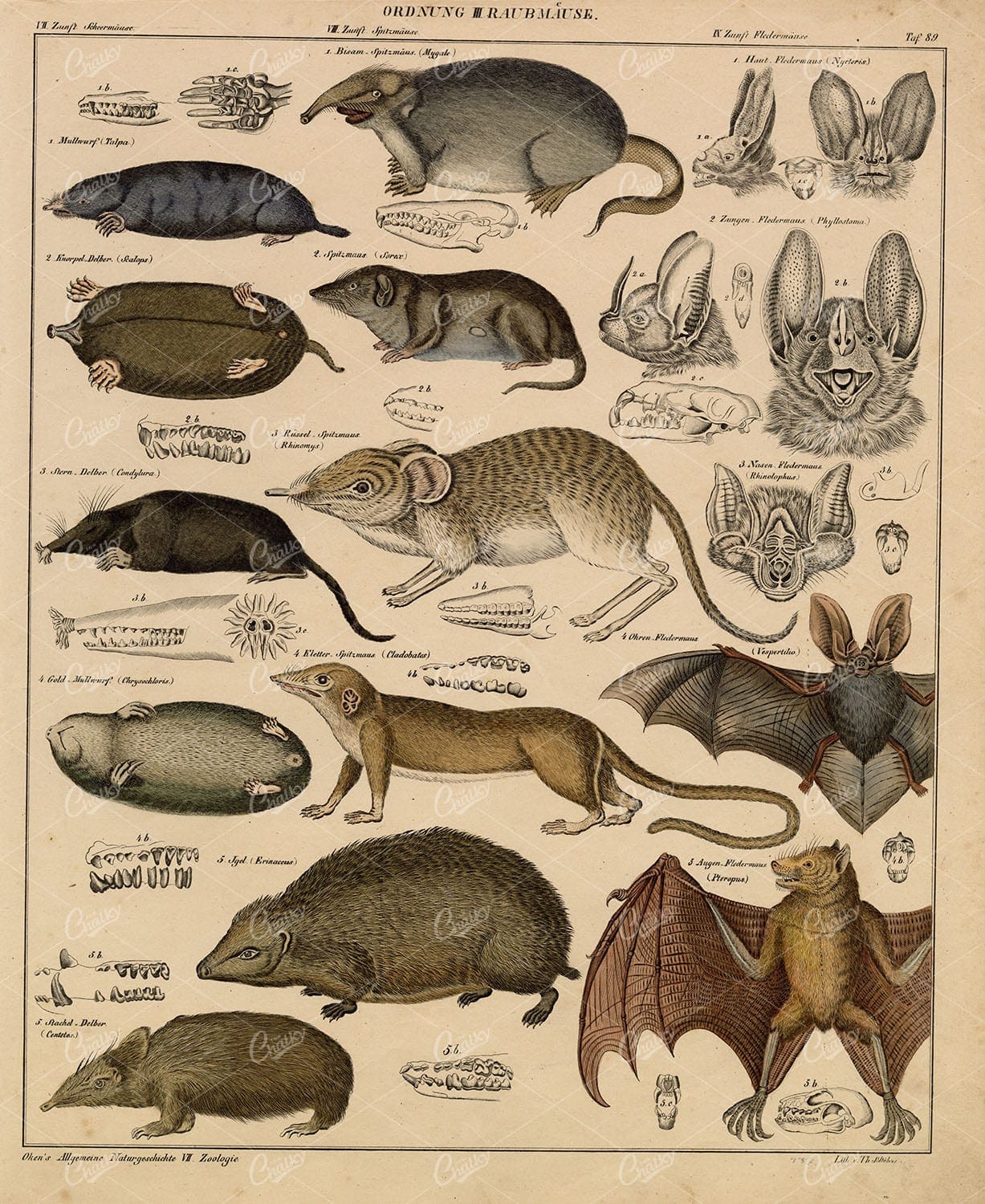

MAMMALS – Flying Fox, Bats, Desman, Treeshrew – Antique Artwork
Original Colour Vintage Print from Lorenz Okenfuss' 'Oken's Naturgeschichte' (Allgemeine Naturgeschichte für alle Stände), with illustrations by Johann Susemihl (1767-1847), and published in Stuttgart by Hoffman between 1839 and 1841. Lorenz Oken (1 August 1779 - 11 August 1851) was a German naturalist, botanist, biologist, and ornithologist. Oken was born Lorenz Okenfuss (German: Okenfuß) in Bohlsbach (now part of Offenburg), Ortenau, Baden, and studied natural history and medicine at the universities of Freiburg and Würzburg. He went on to the University of Göttingen, where he became a Privatdozent (unsalaried lecturer), and shortened his name to Oken. As Lorenz Oken, he published a small work entitled Grundriss der Naturphilosophie, der Theorie der Sinne, mit der darauf gegründeten Classification der Thiere (1802). This was the first of a series of works which established him as a leader of the movement of "Naturphilosophie" in Germany.
- License Info
- Resolution: 9300 x 11600 300dpi
- Year of Print: 1836
- Artist: Lorenz Oken
- Image Type(s): JPG
From this collection
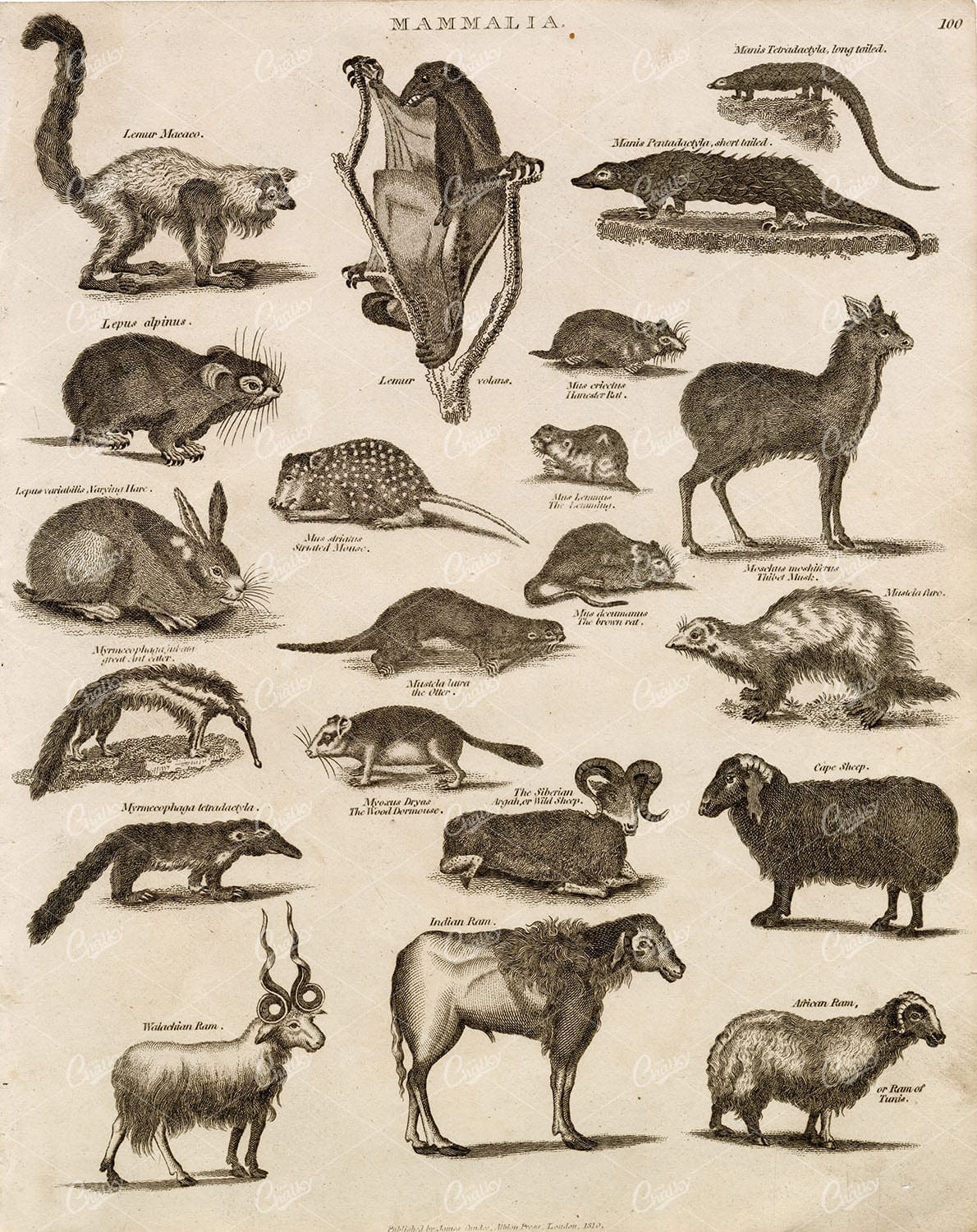

MAMMALS (Mammalia) Vintage Print from Abraham REES (Lemur, Hare, Ram)
You're looking at an Original pre-1820's Antique Engraving from a rare copy of Abraham Rees' "The Cyclopaedia; or, UNIVERSAL DICTIONARY OF ARTS, SCIENCES, and LITERATURE" (Published 1820 by Longman, Hurst, Rees, Orme)
- License Info
- Resolution: 7400 x 9350 300dpi
- Year of Print: 1800s
- Artist: Abraham Rees
From this collection
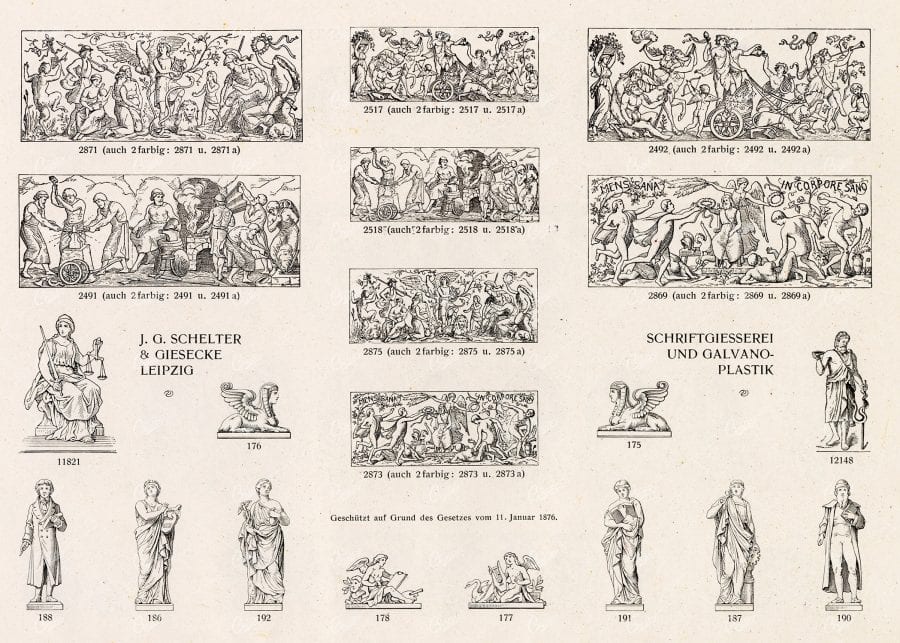
Support the Library
Our supporters and members help us continue collecting and restoring these wonderful pieces of art for the modern creator
Unlock Everything and Become a Member!
While a lot of the library is available for free, some is kept behind closed dusty doors only to be accessed by our lovely members.
